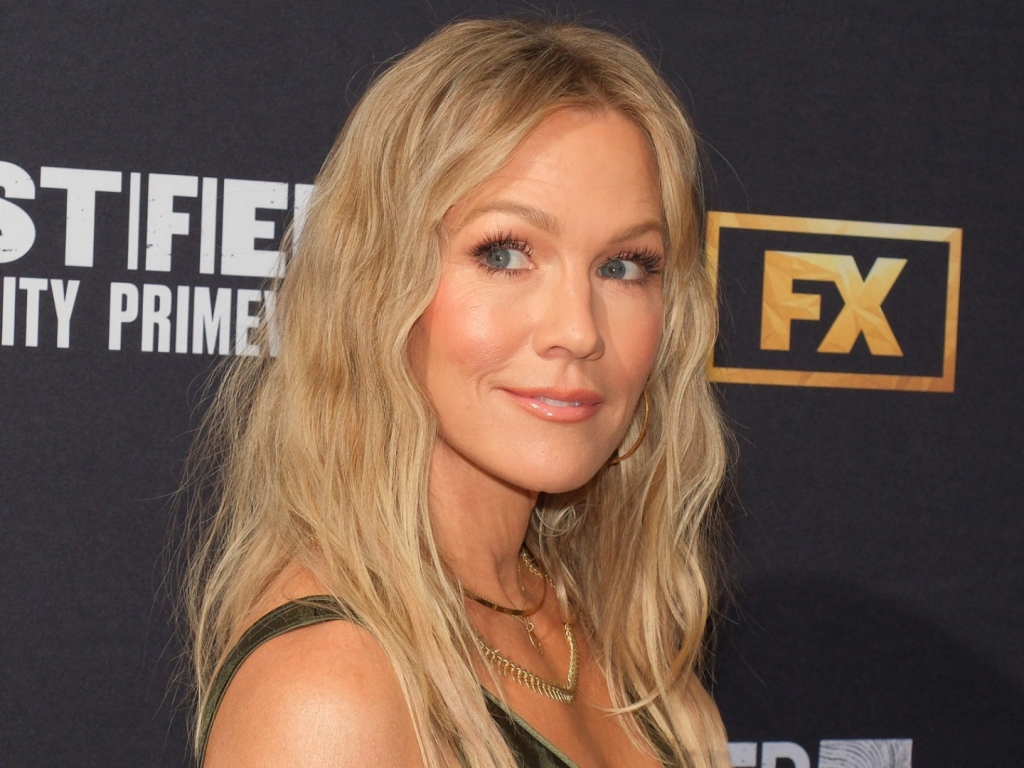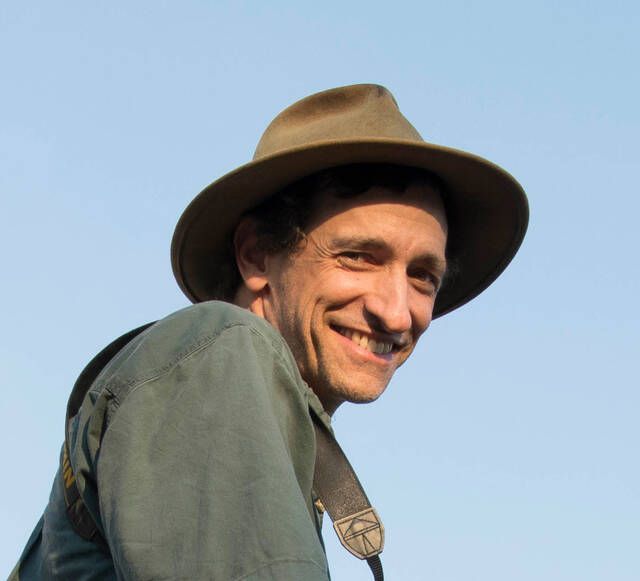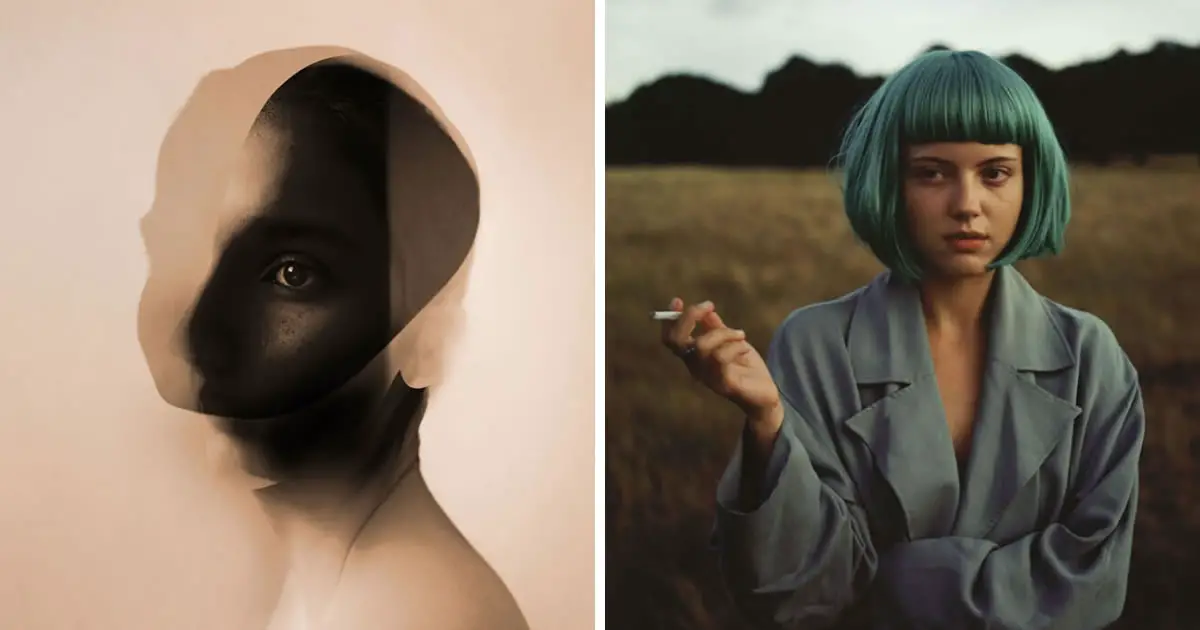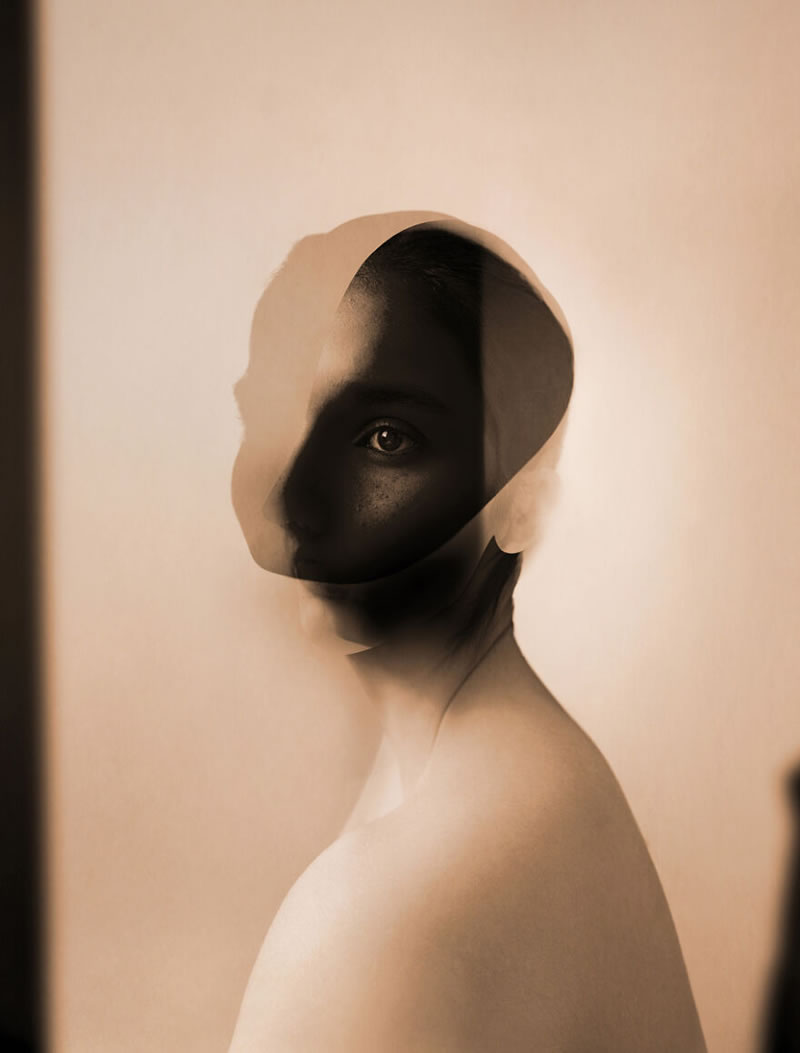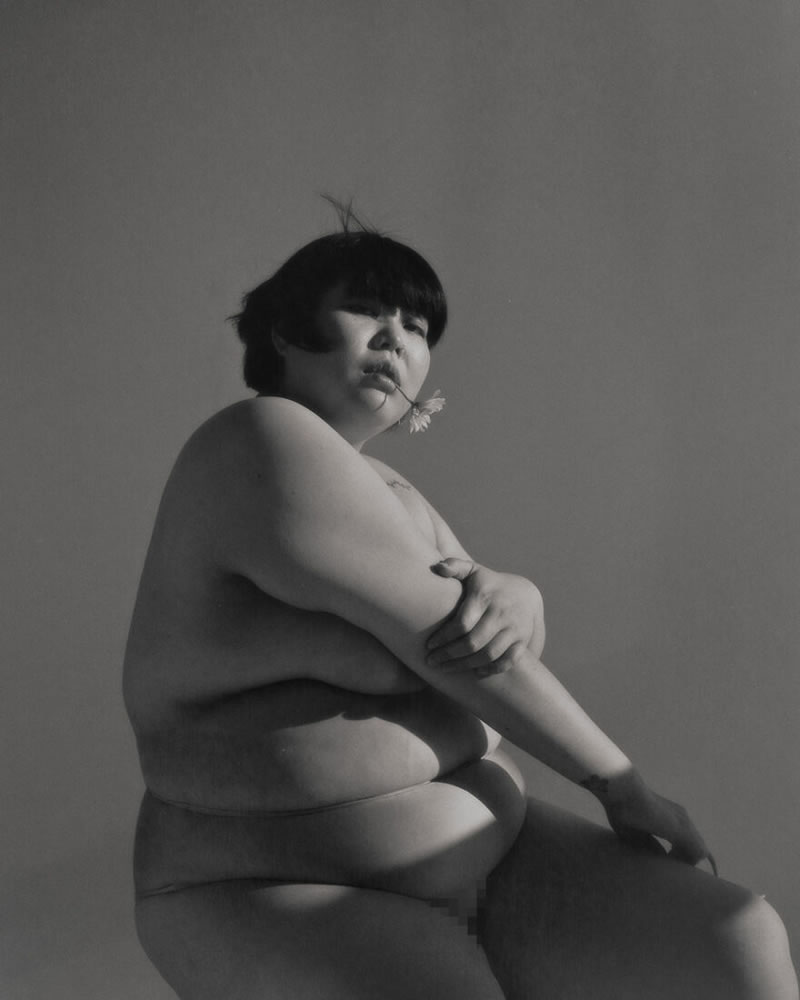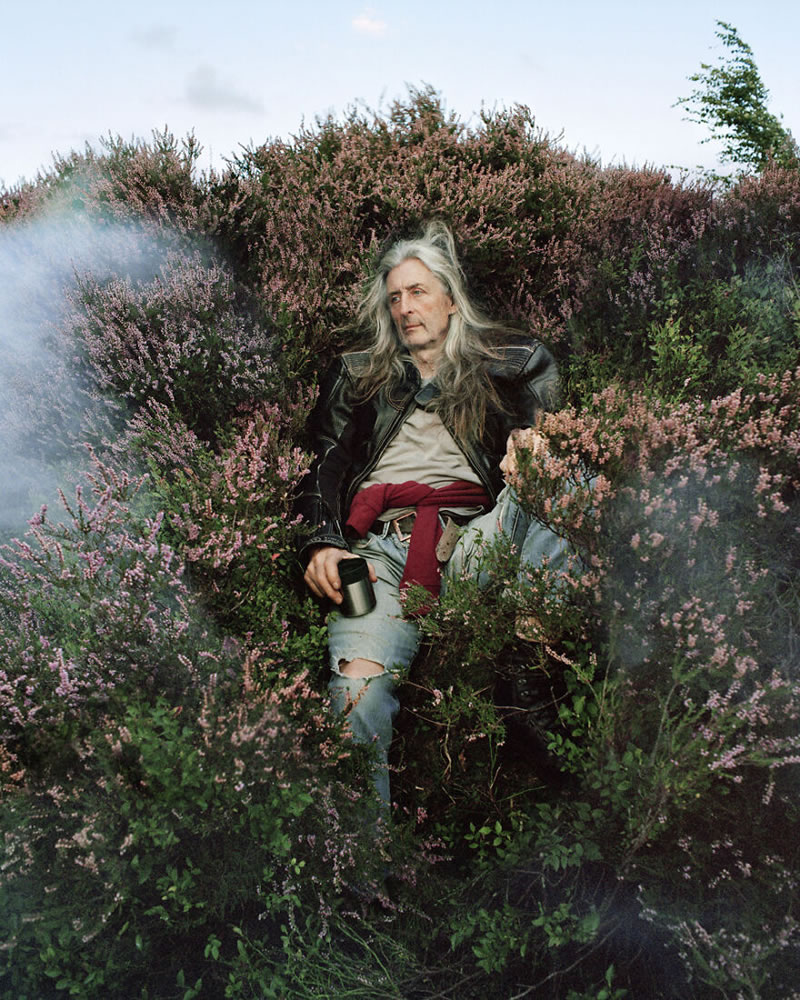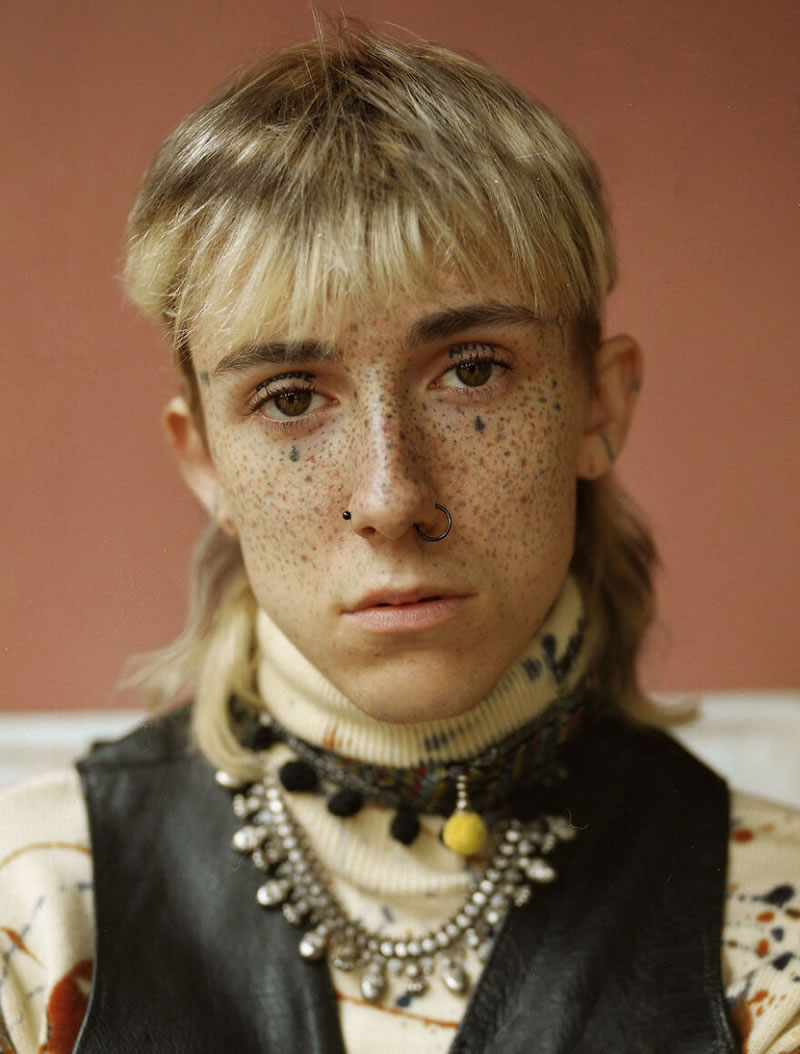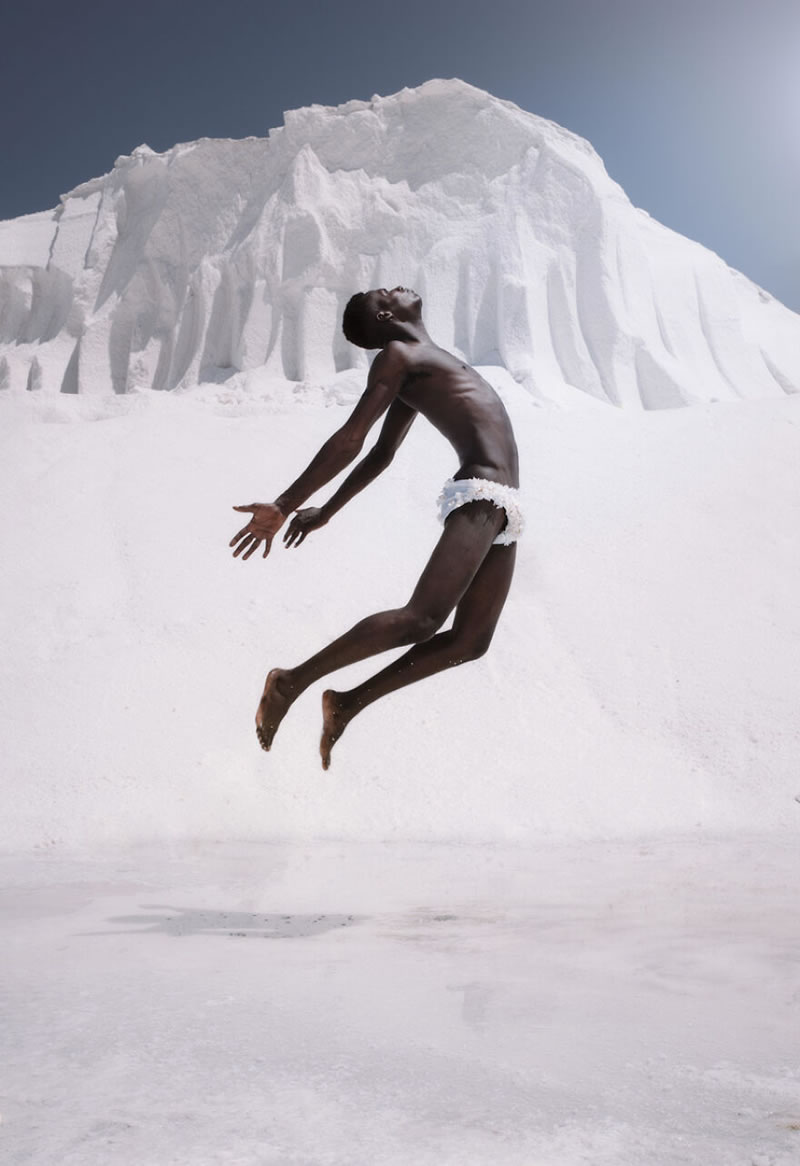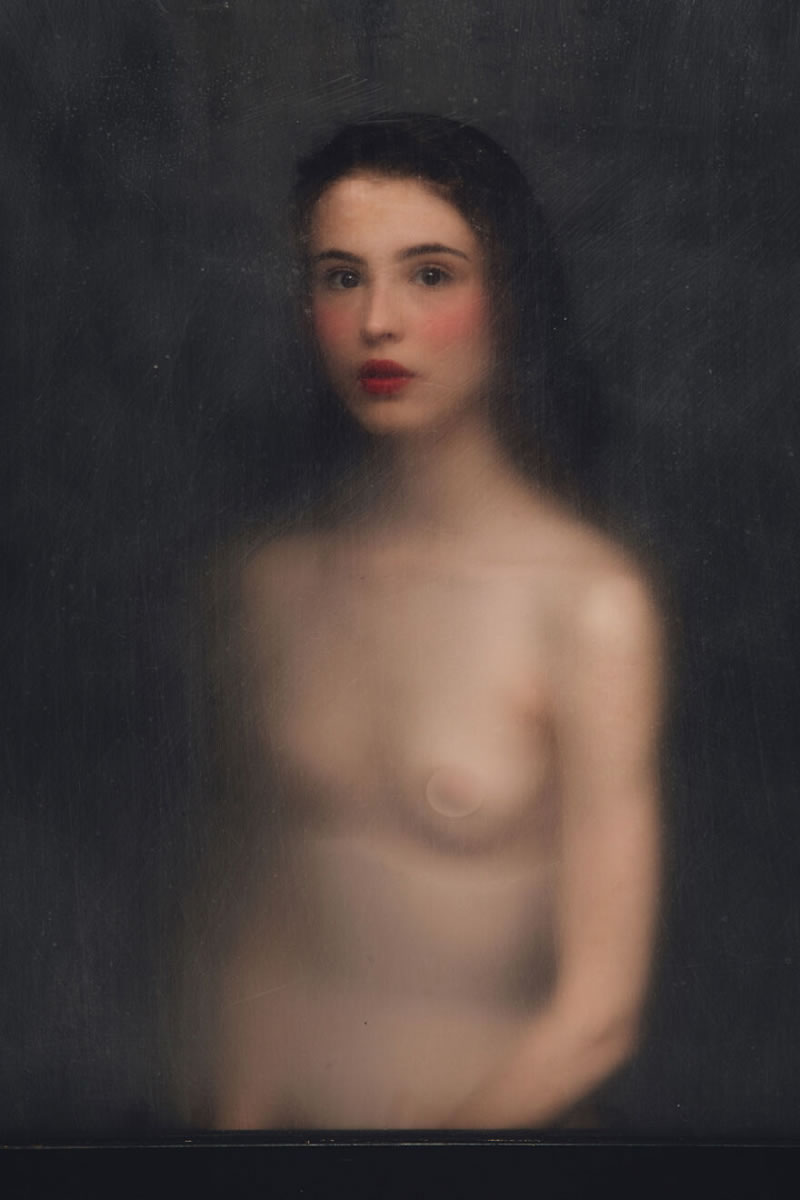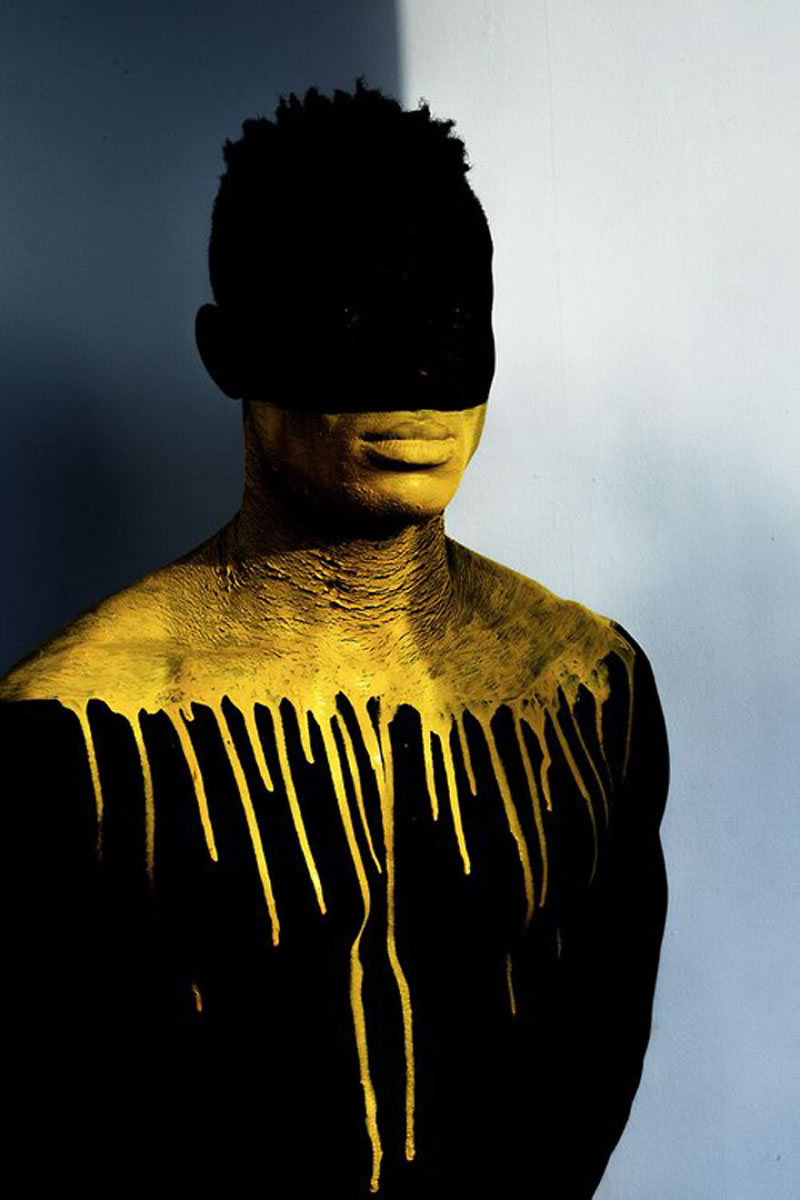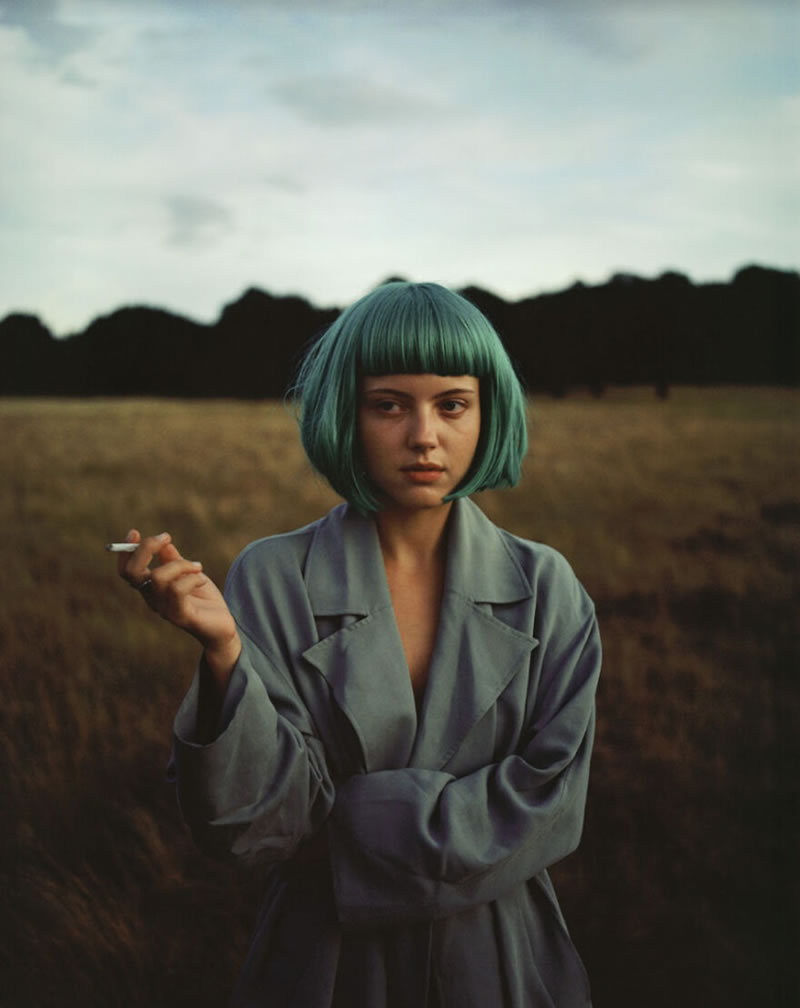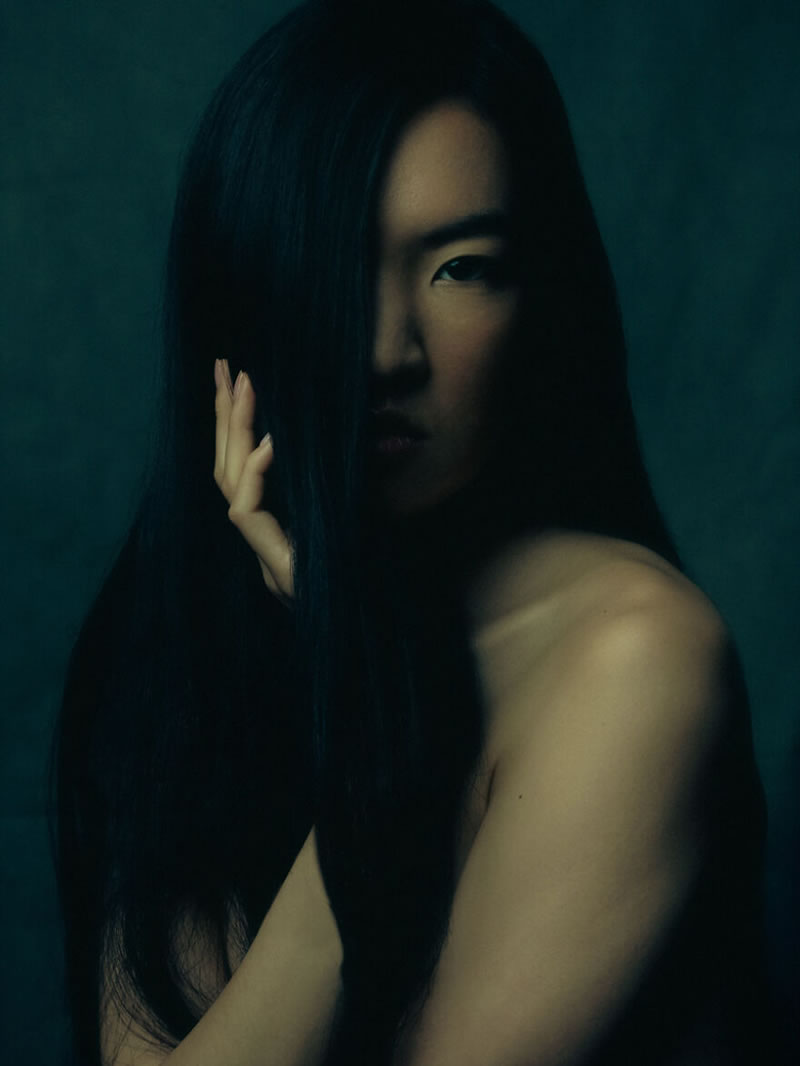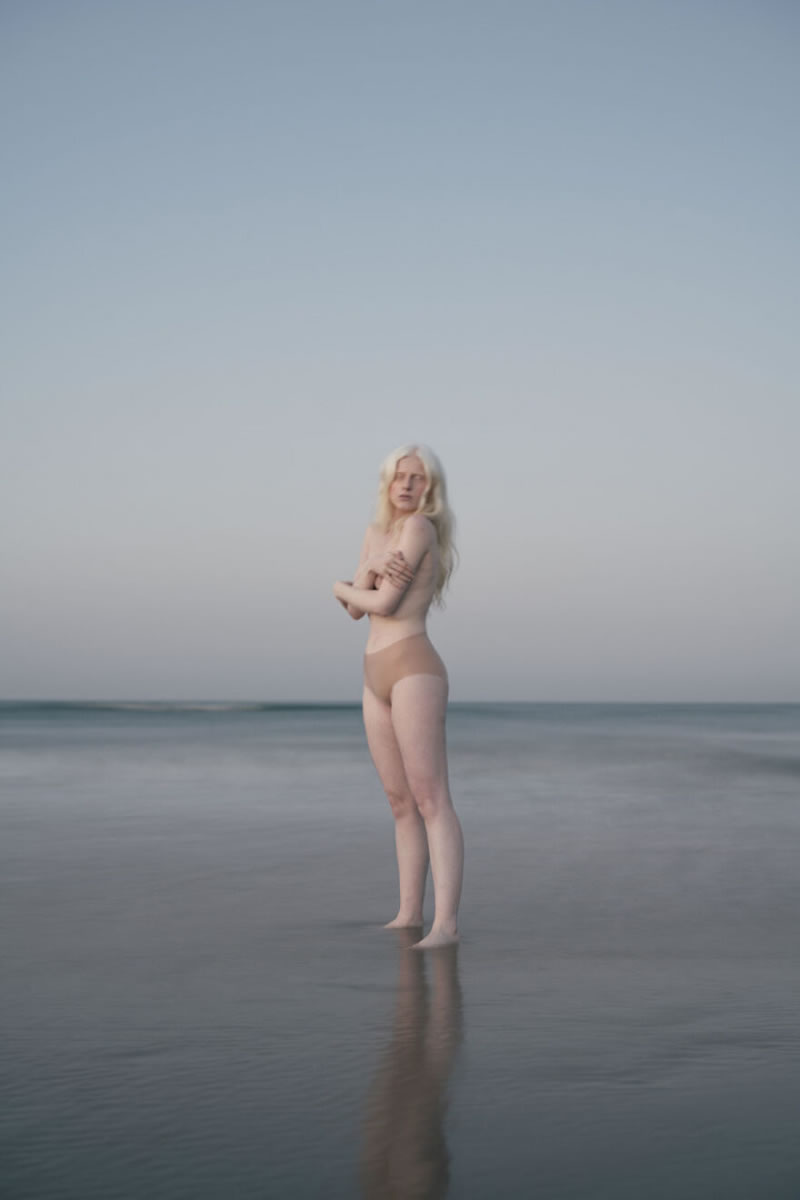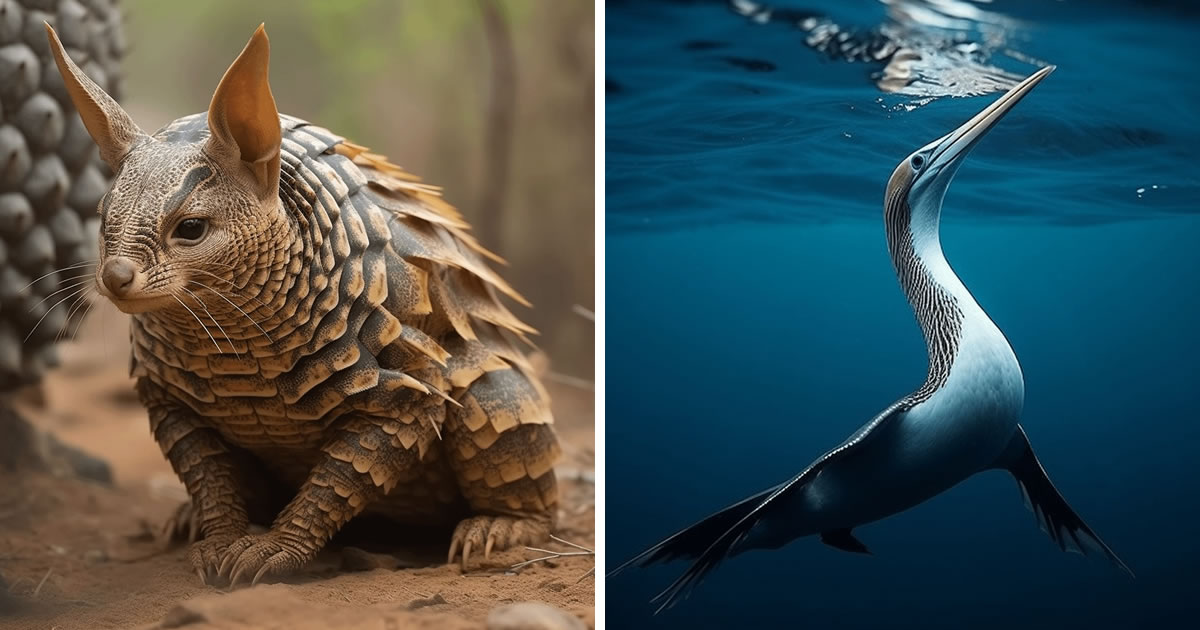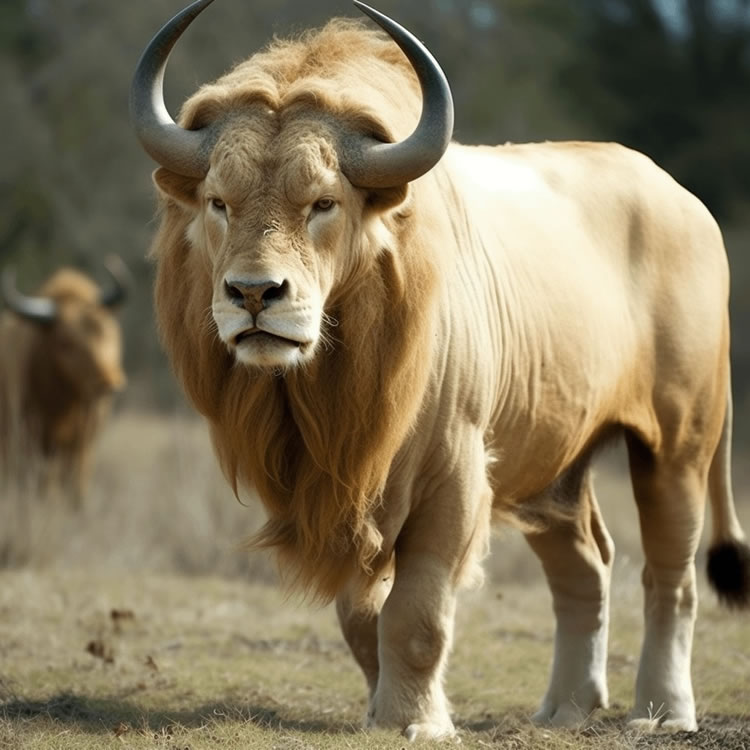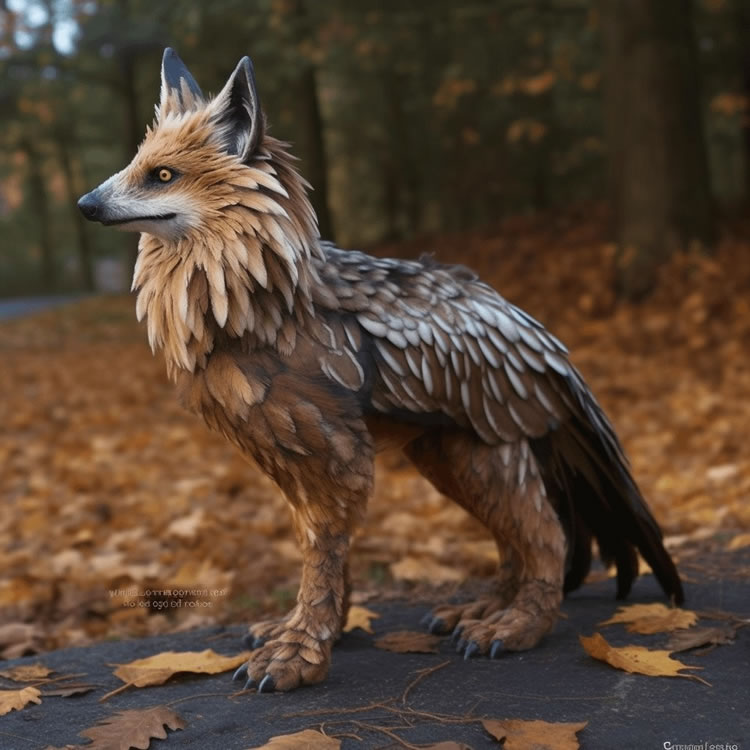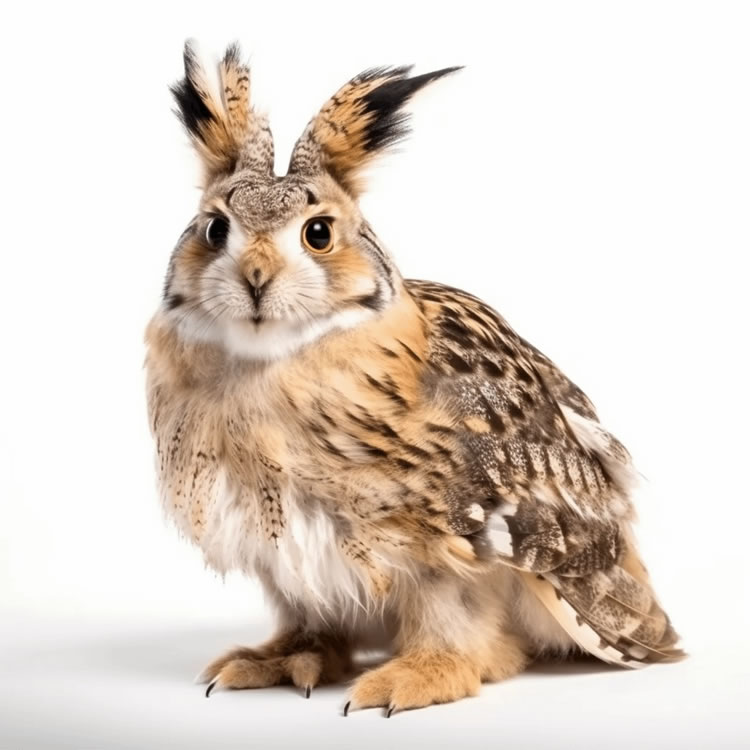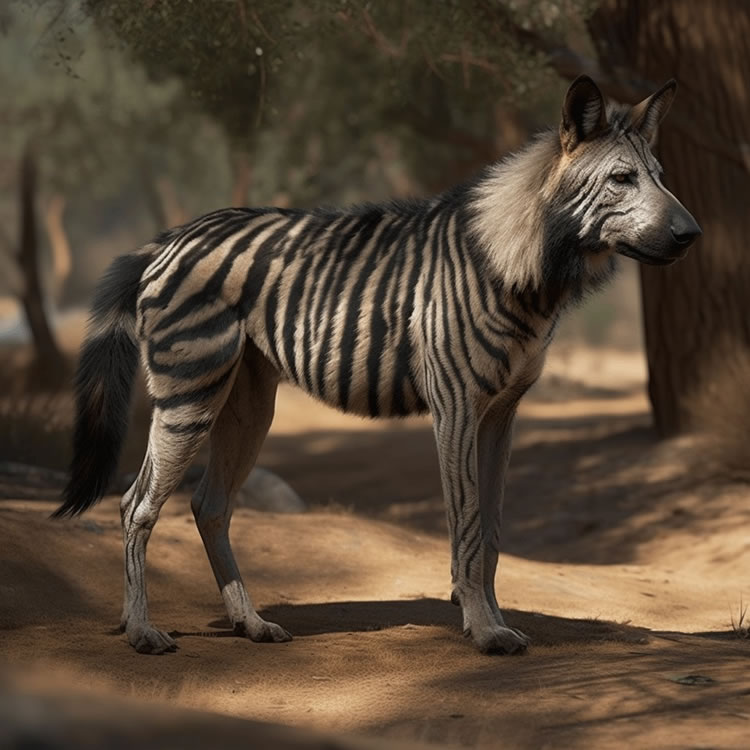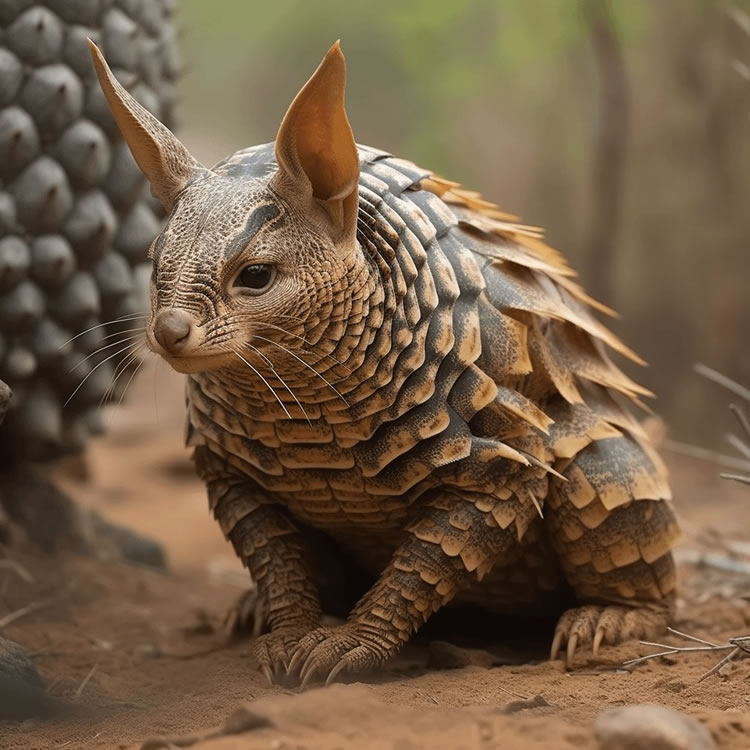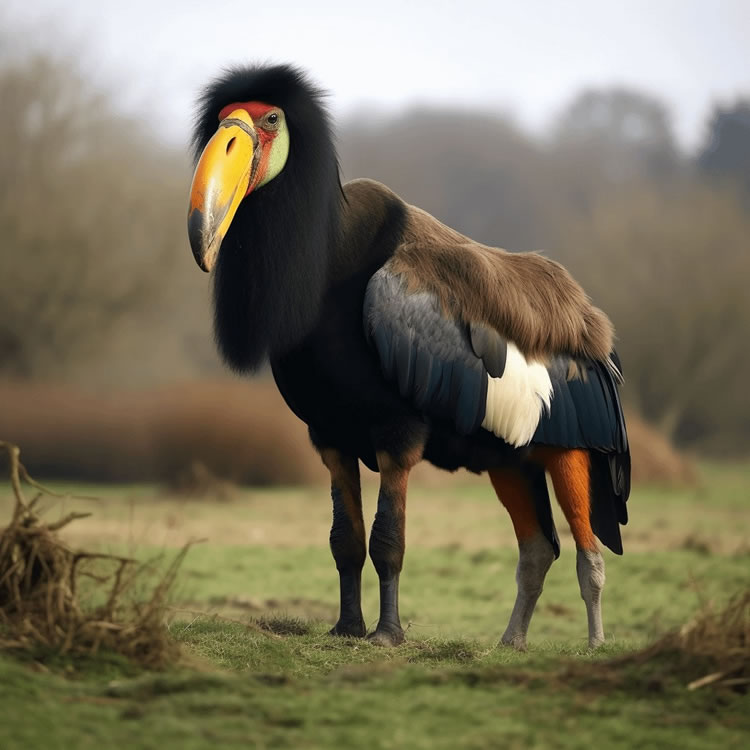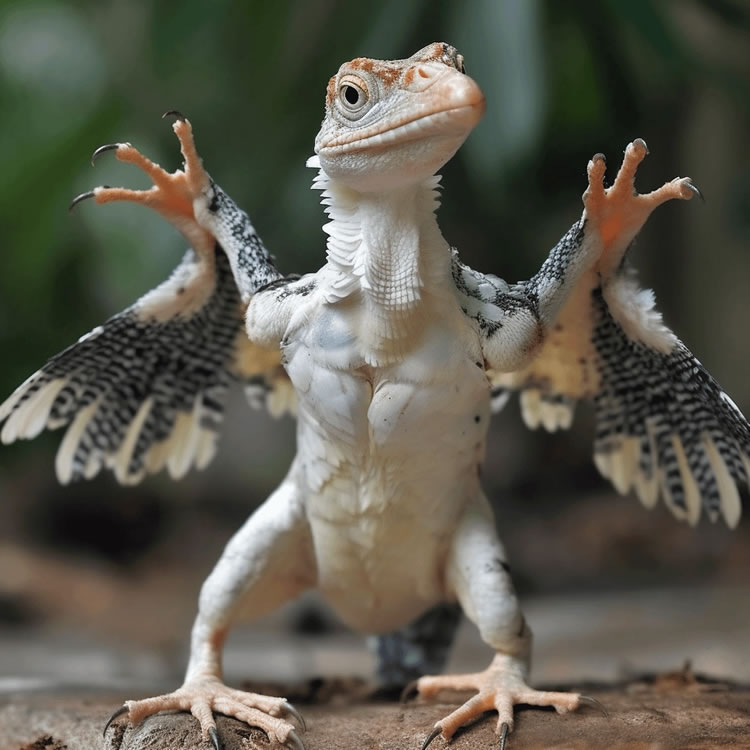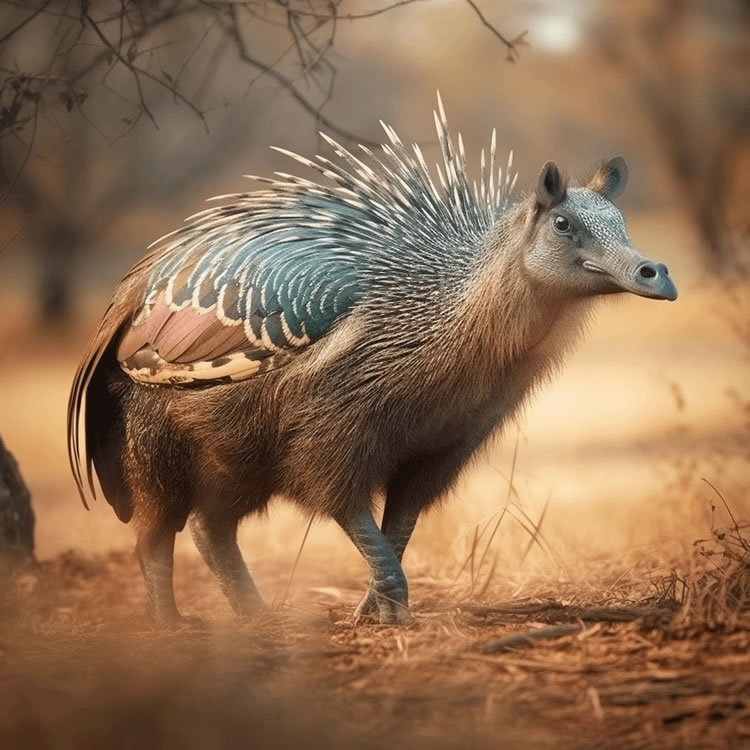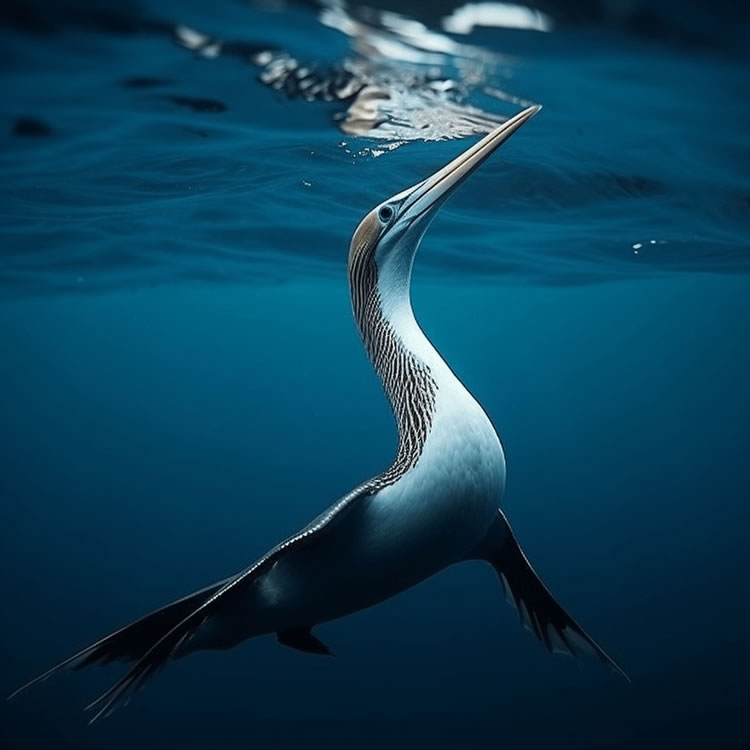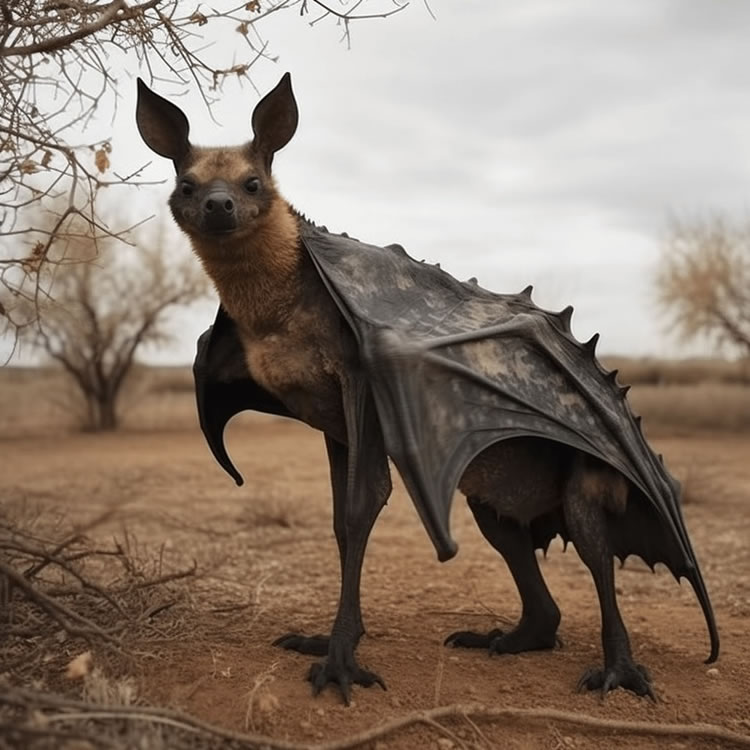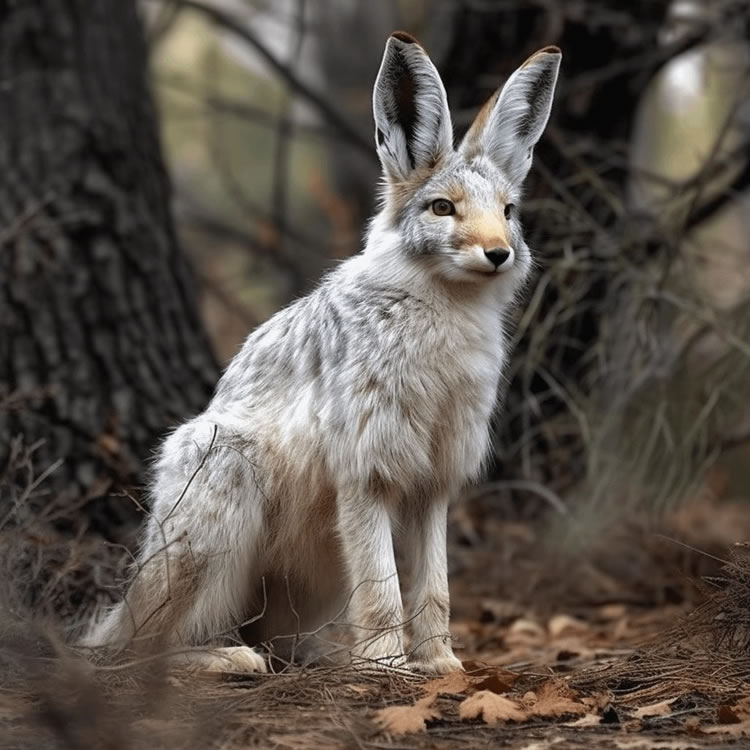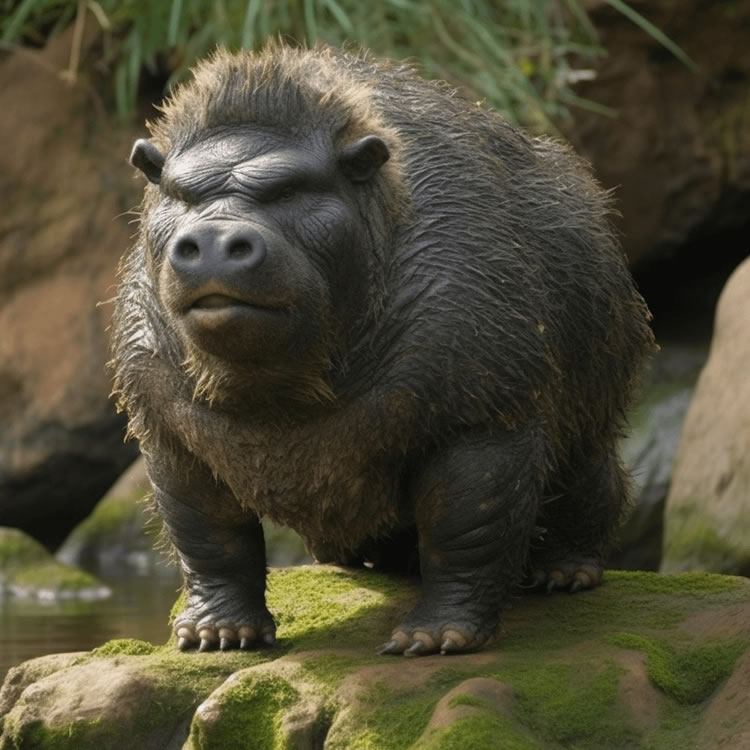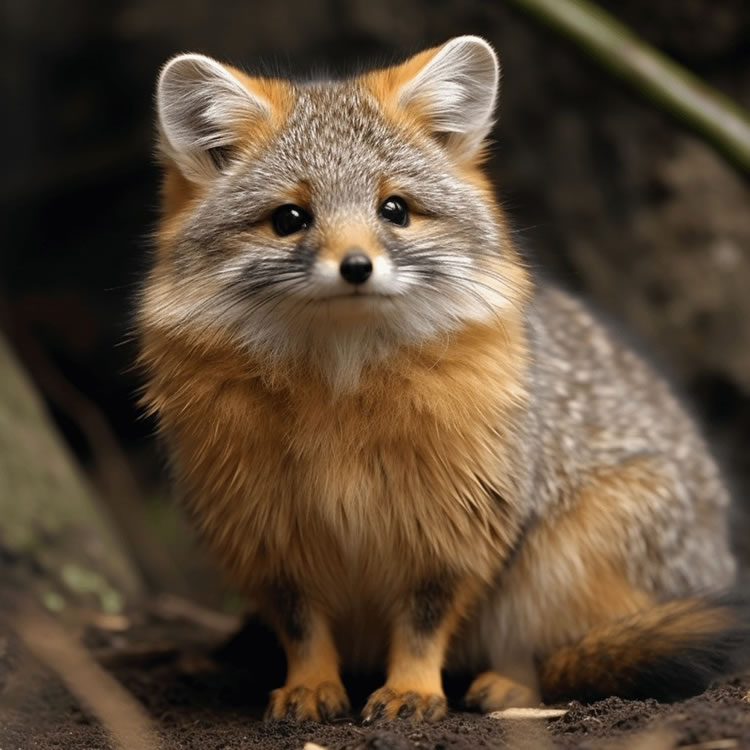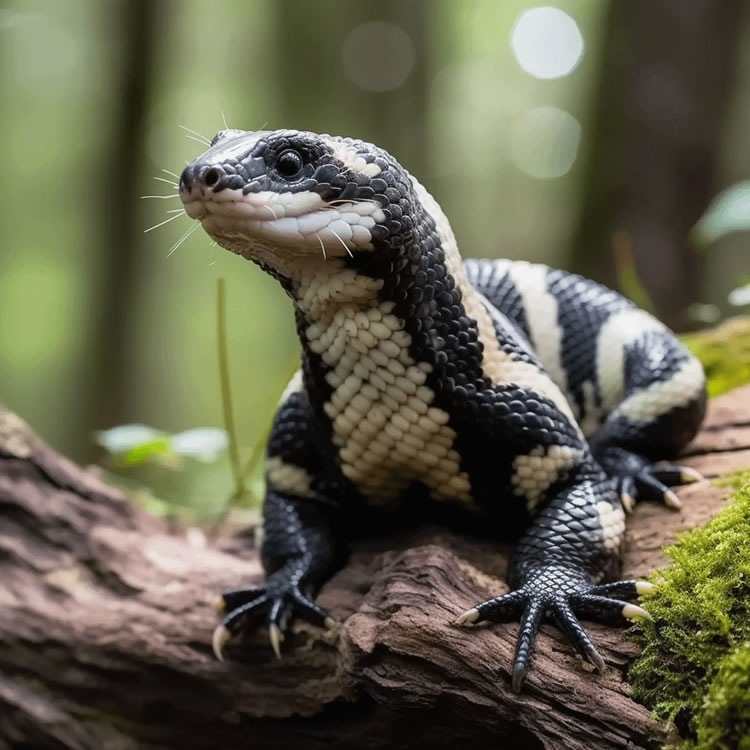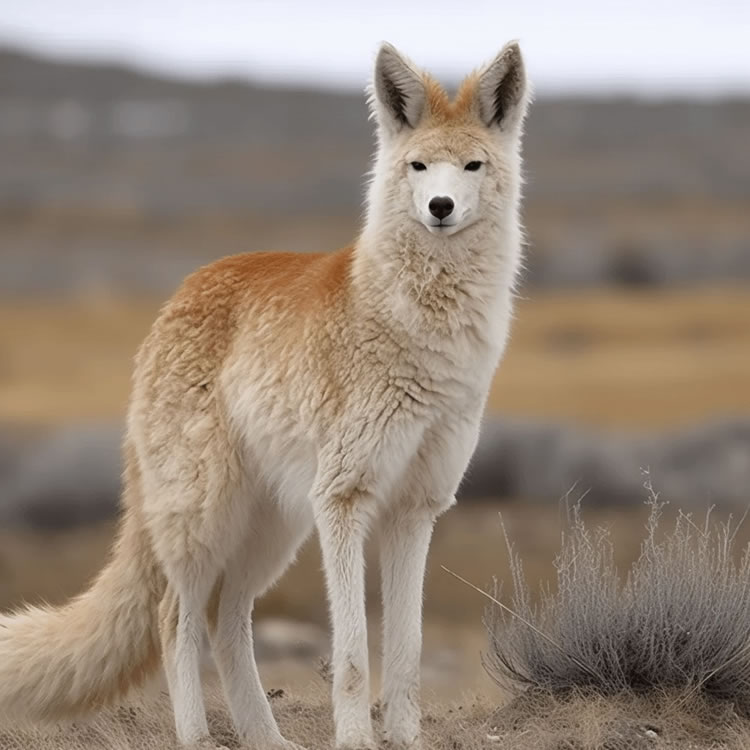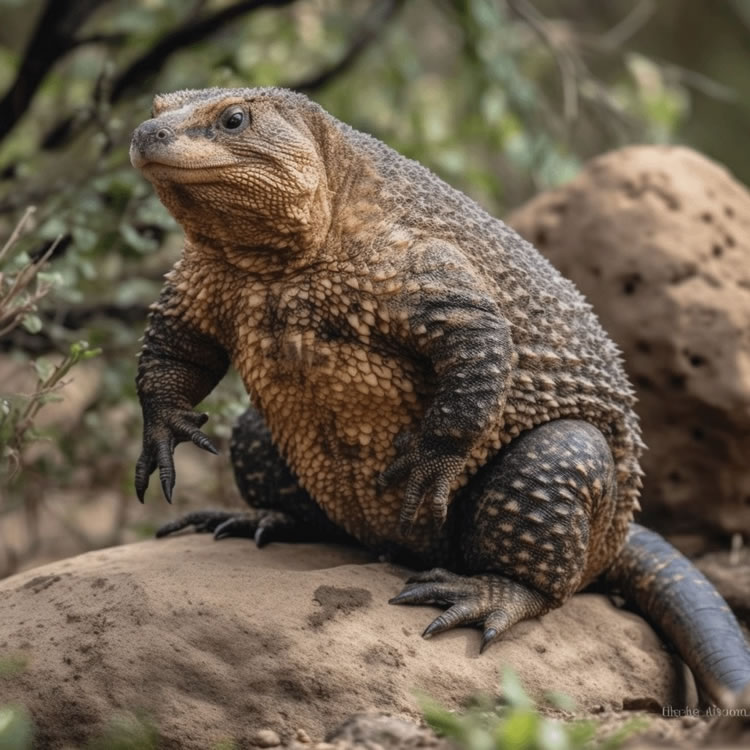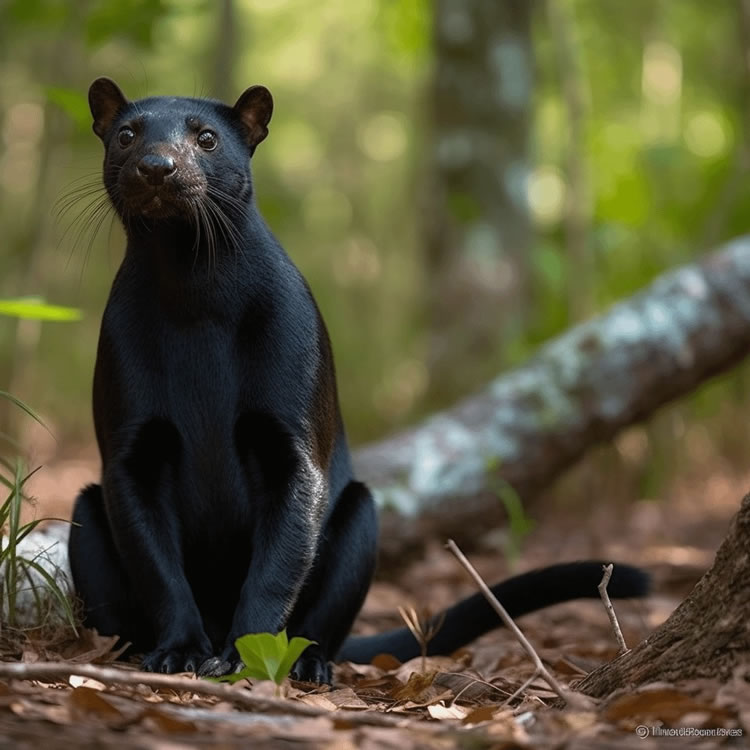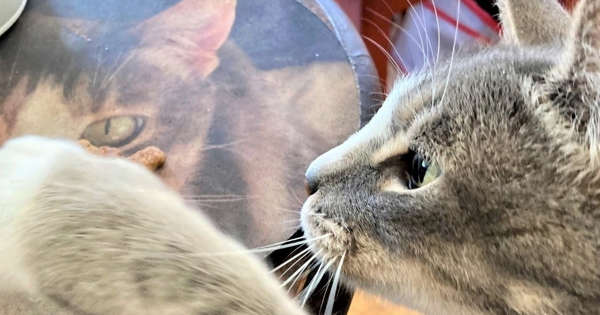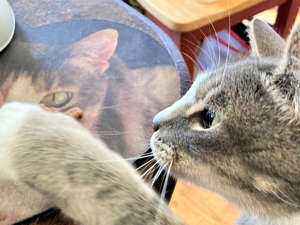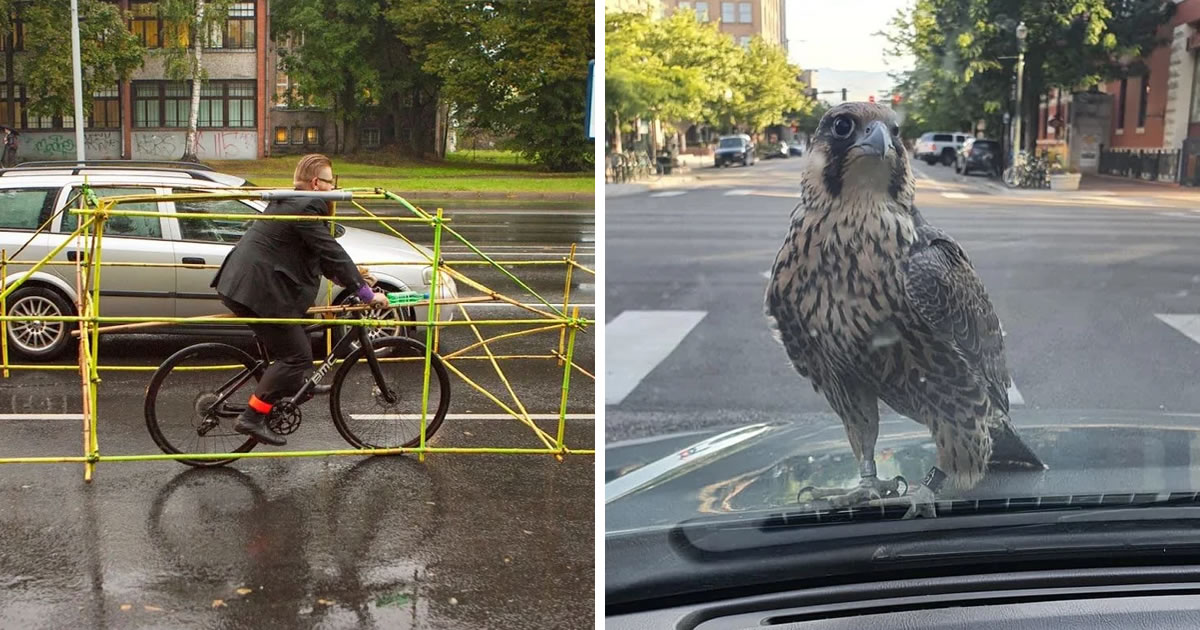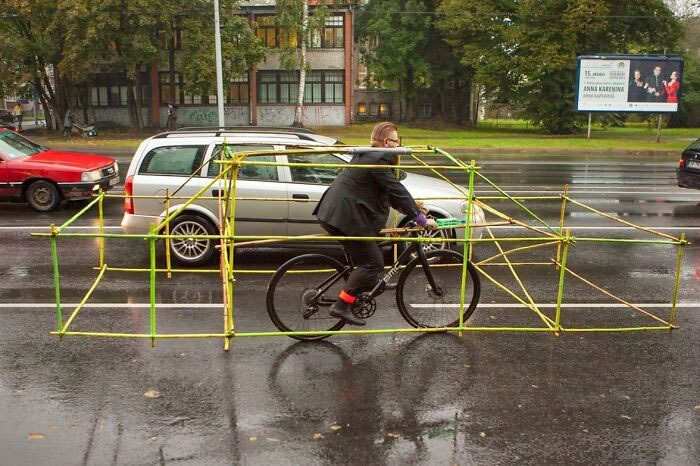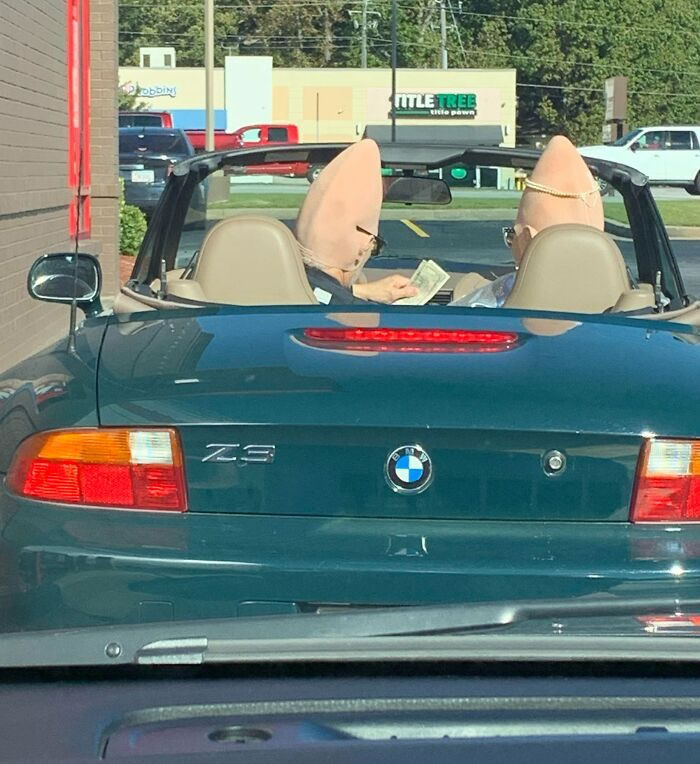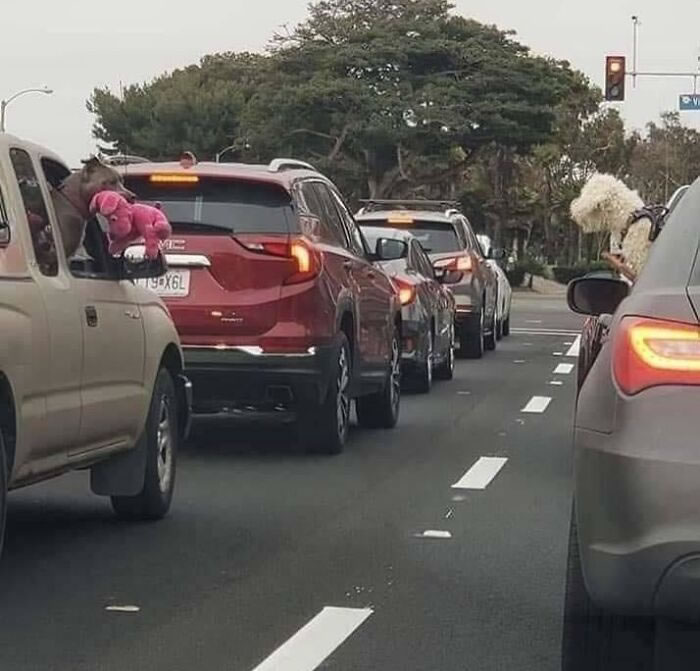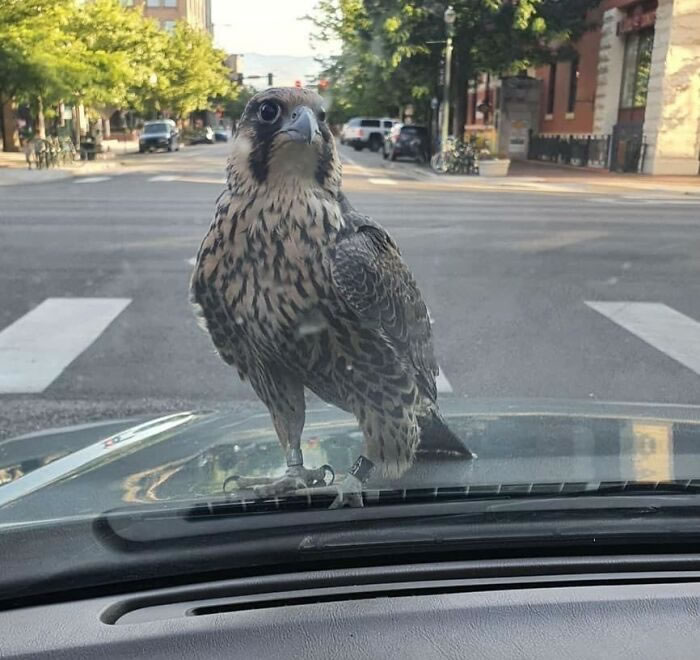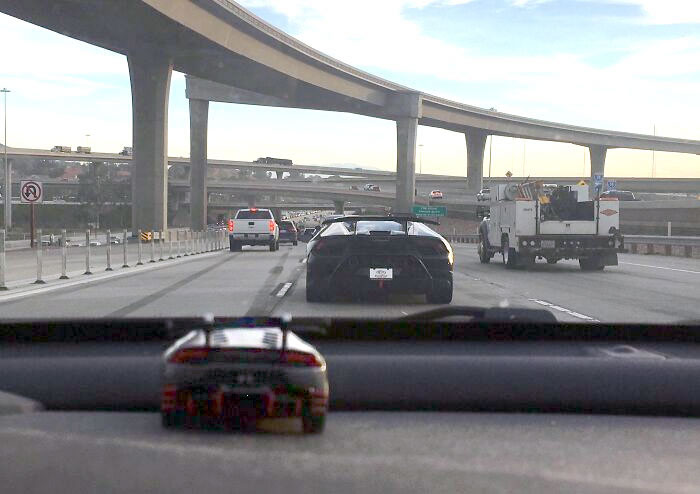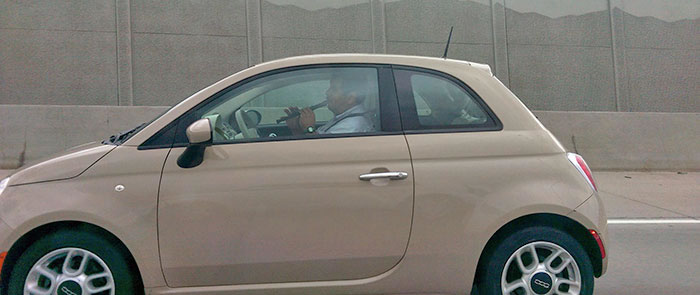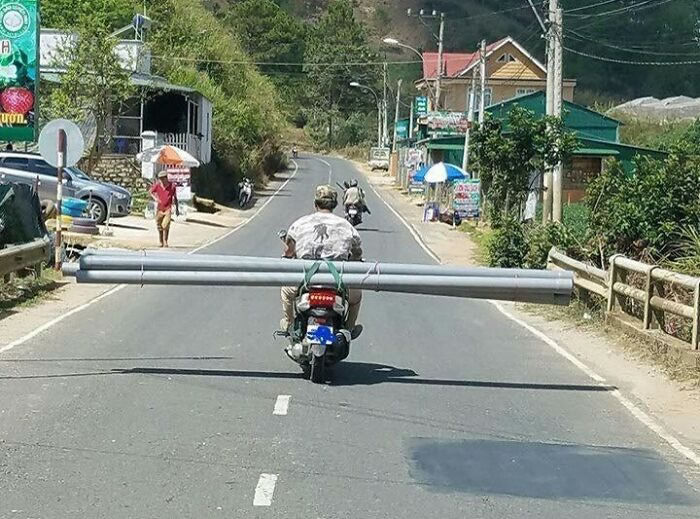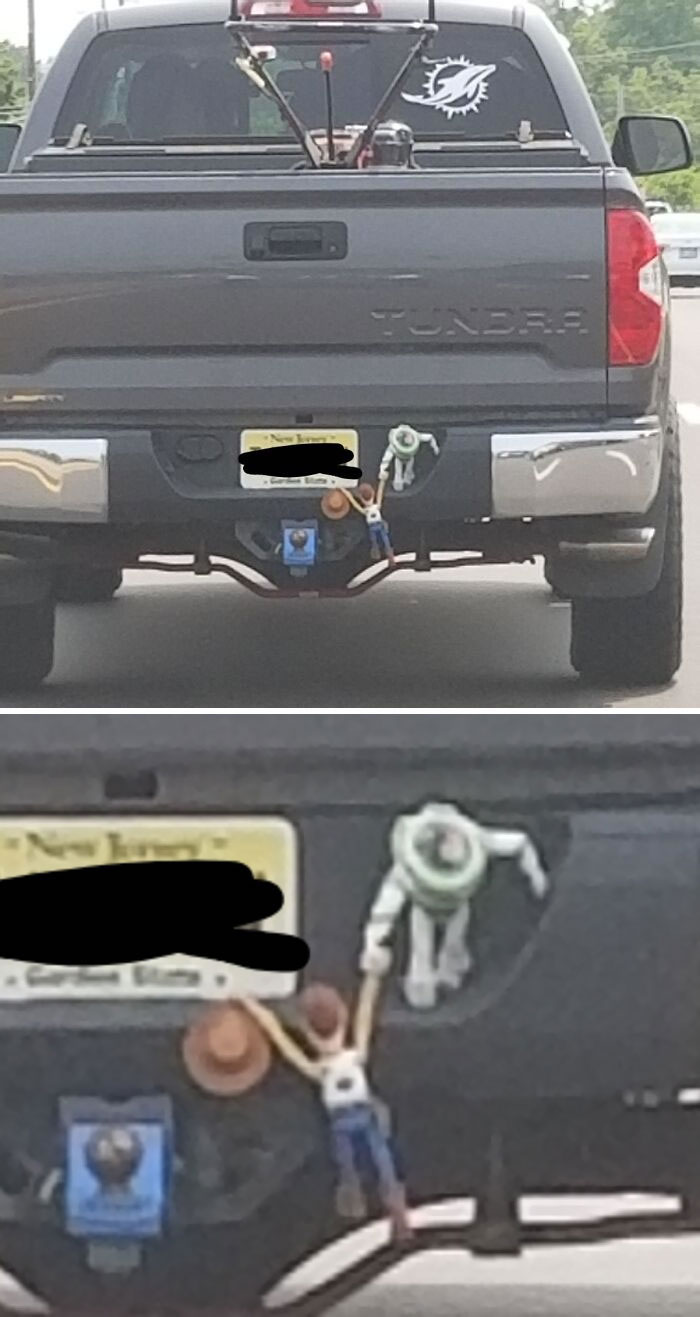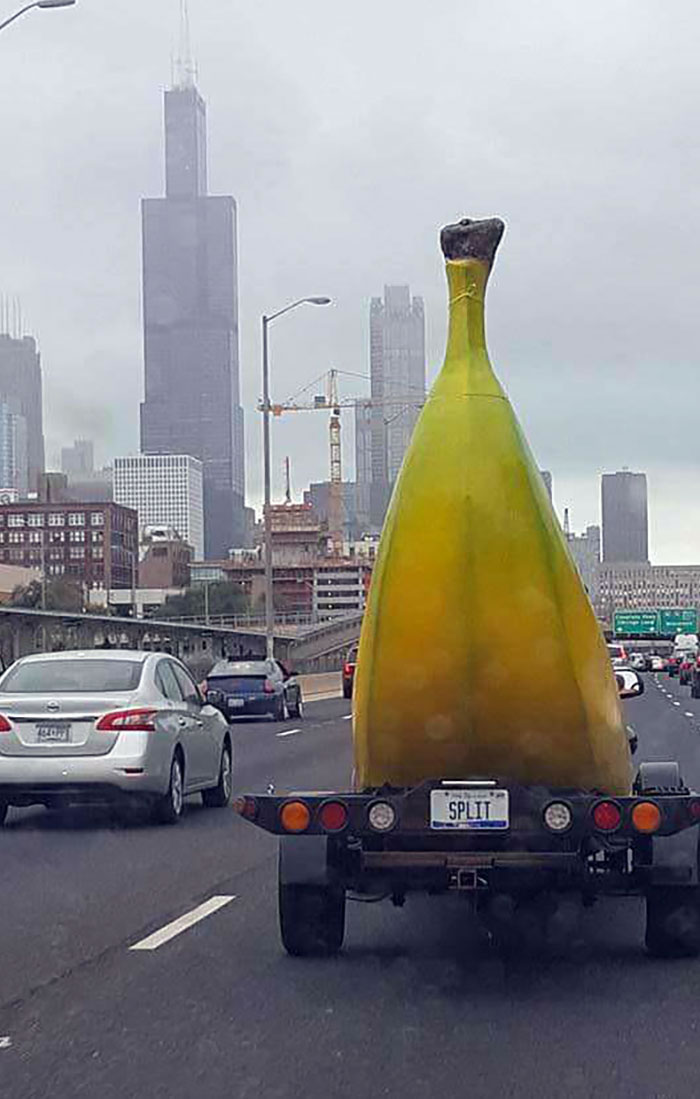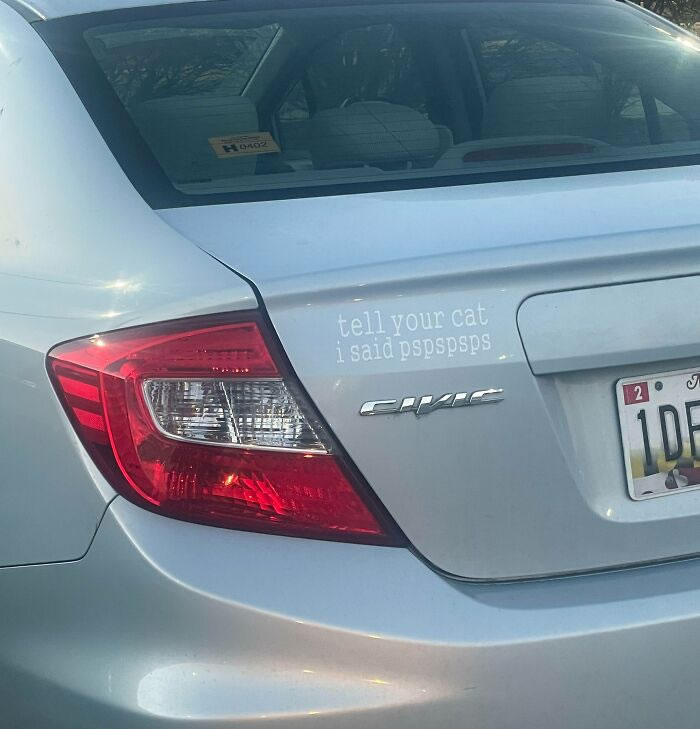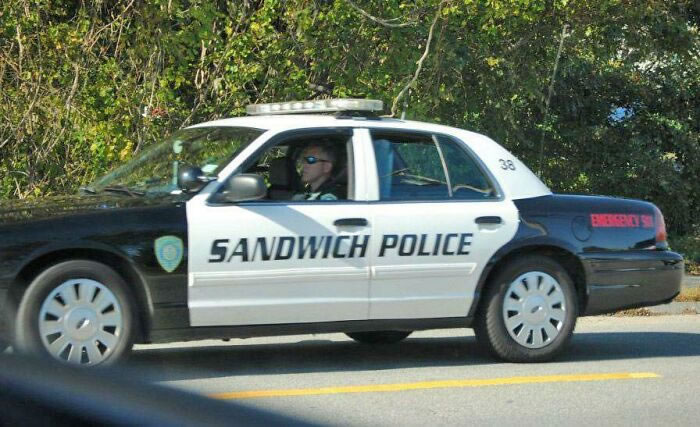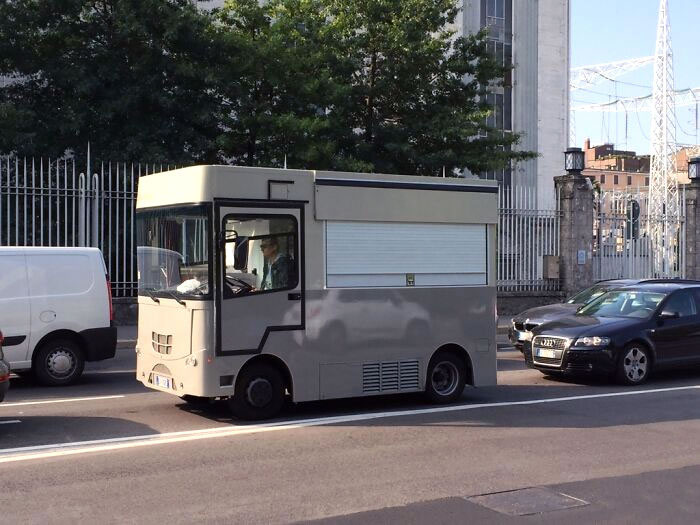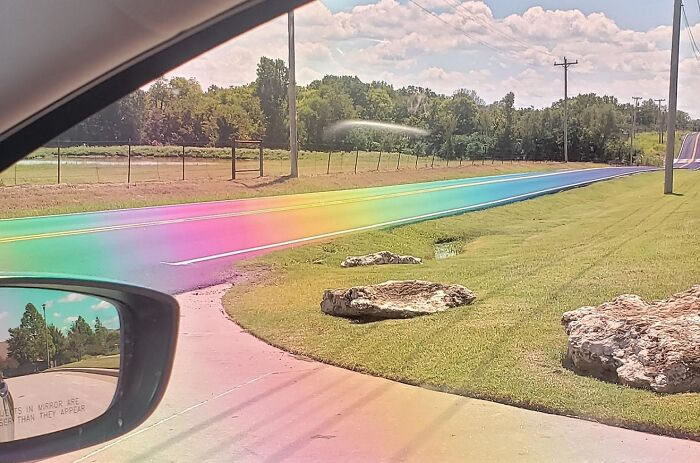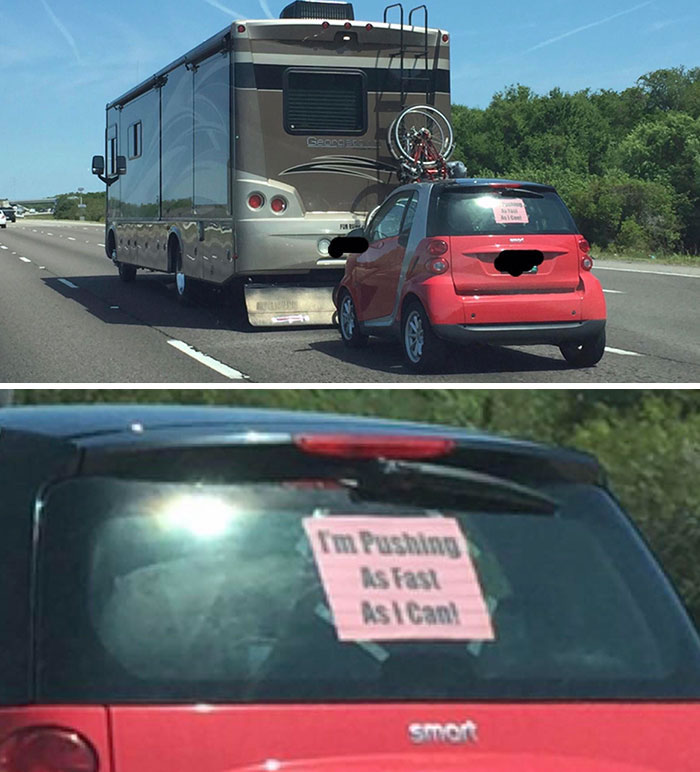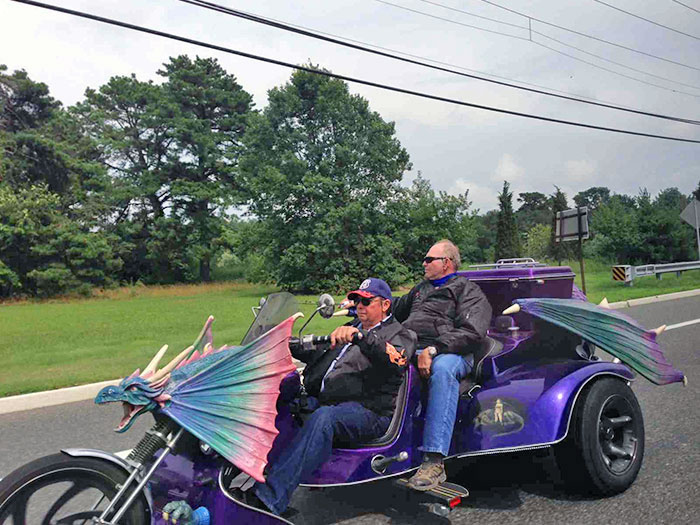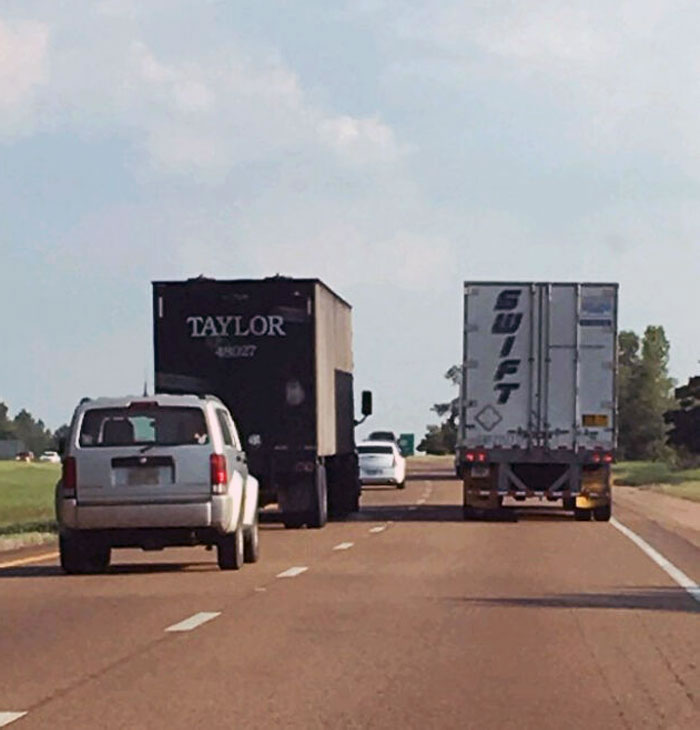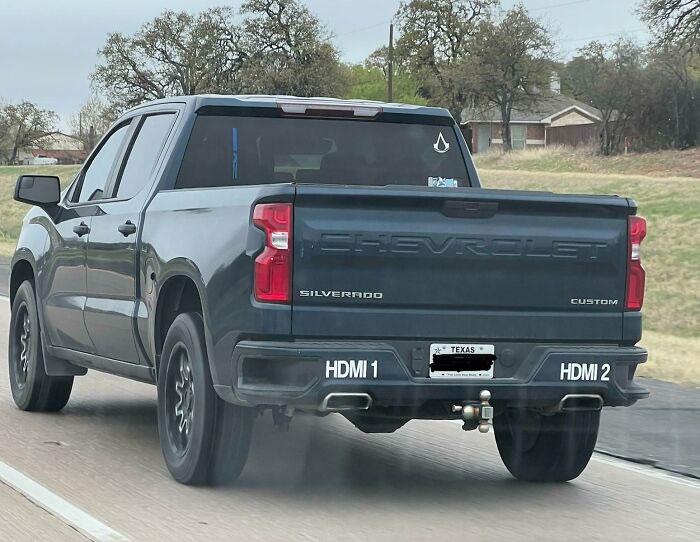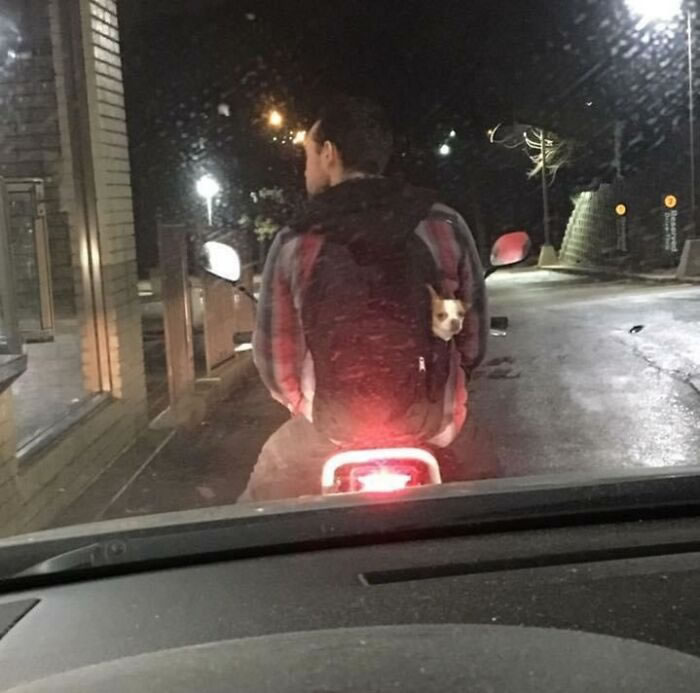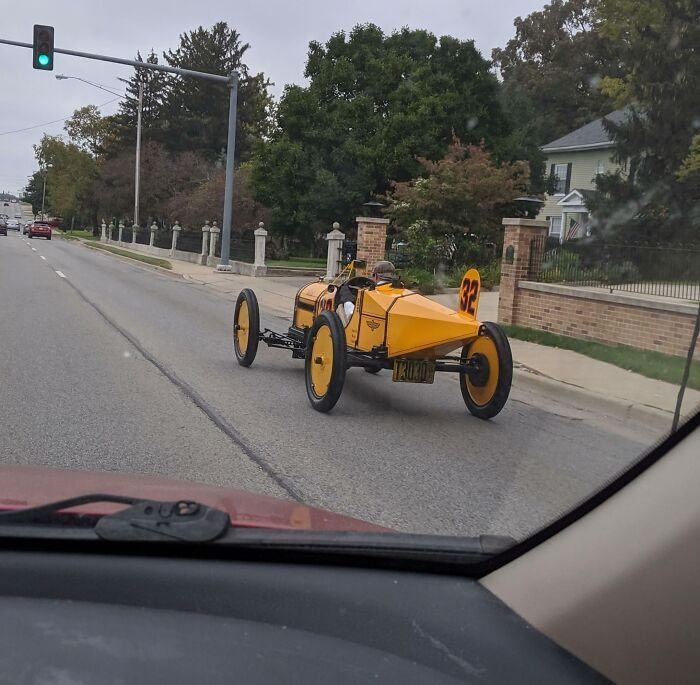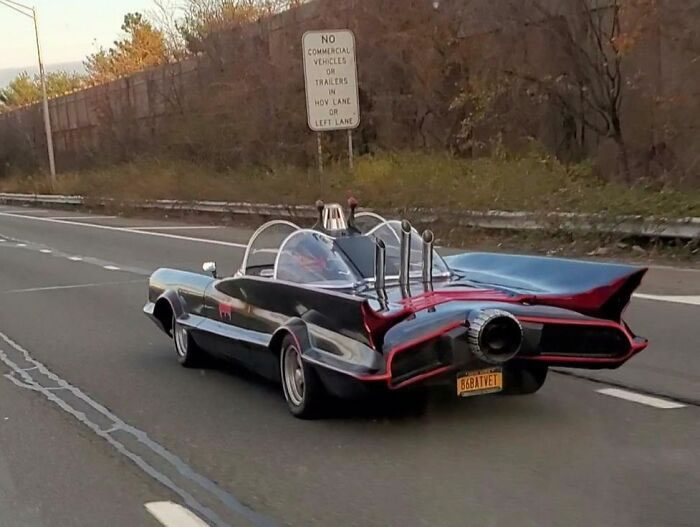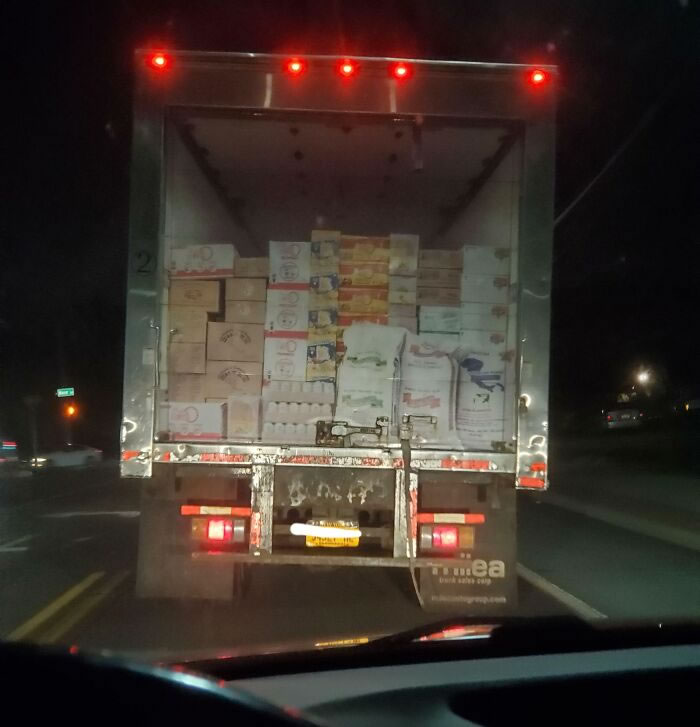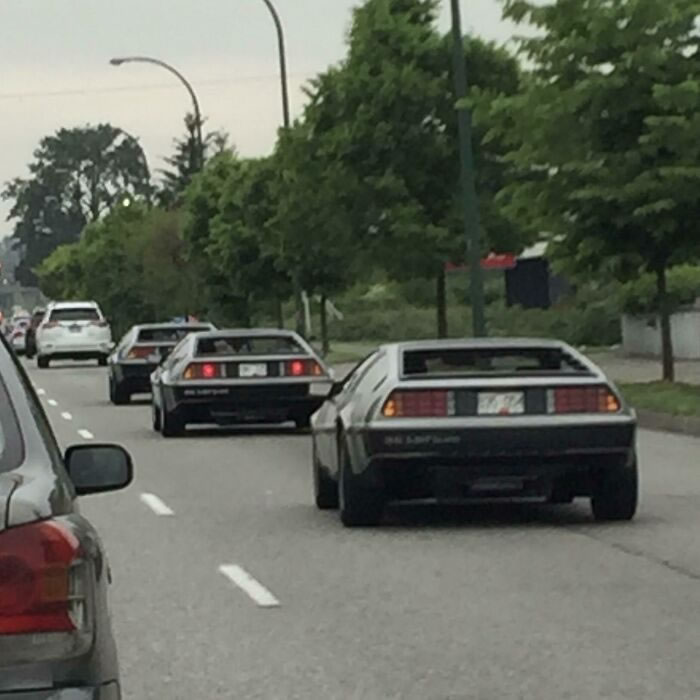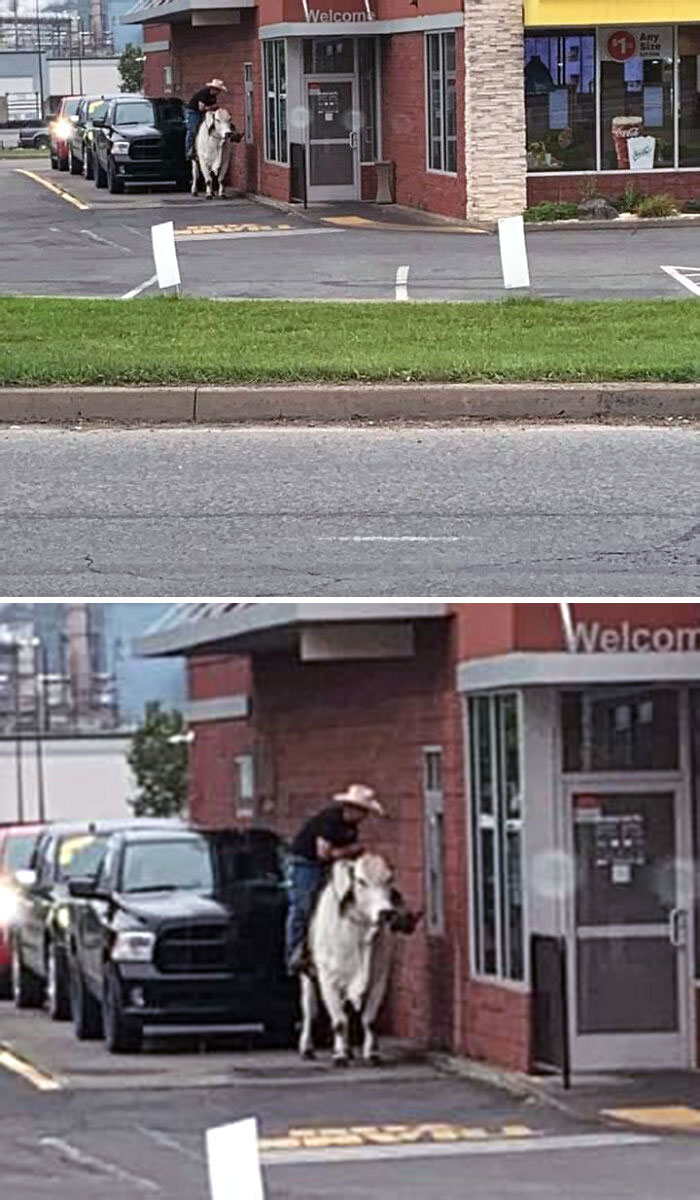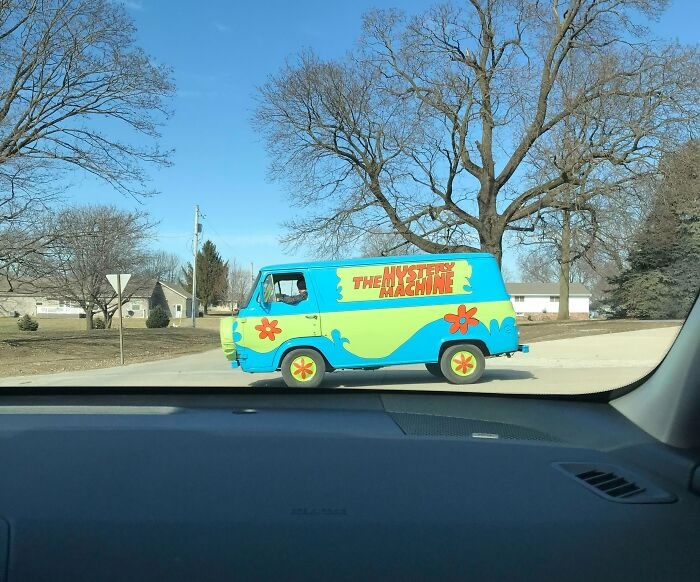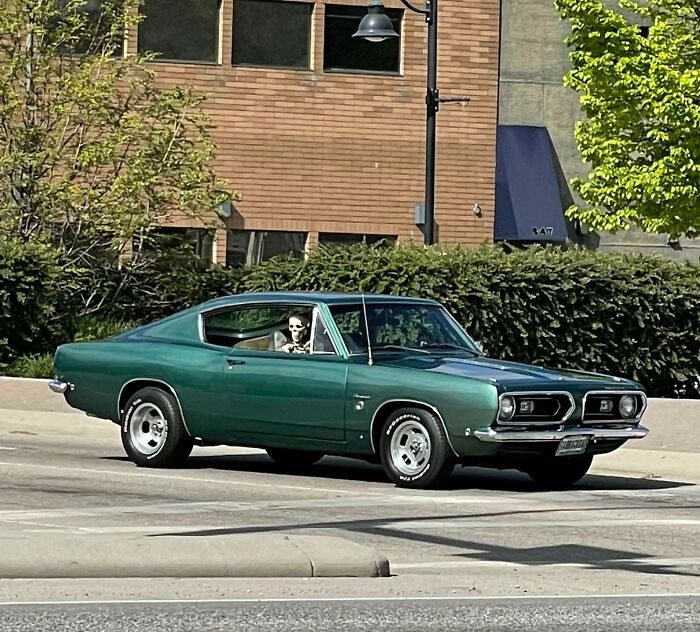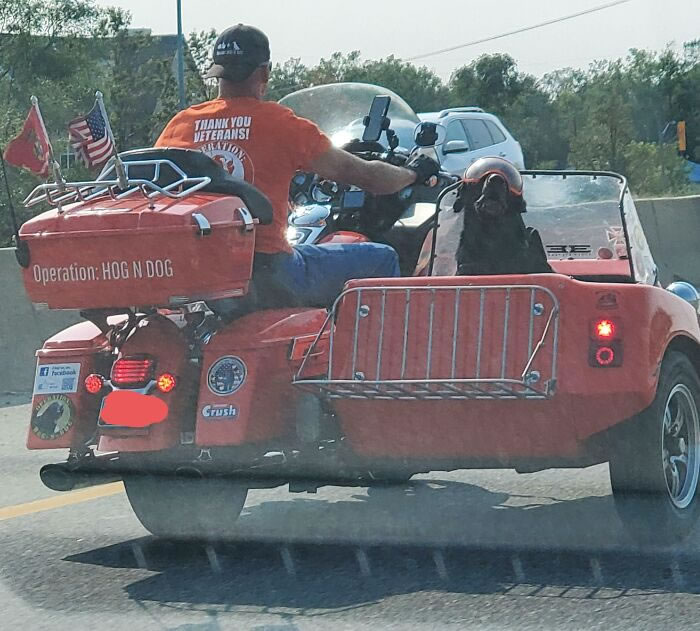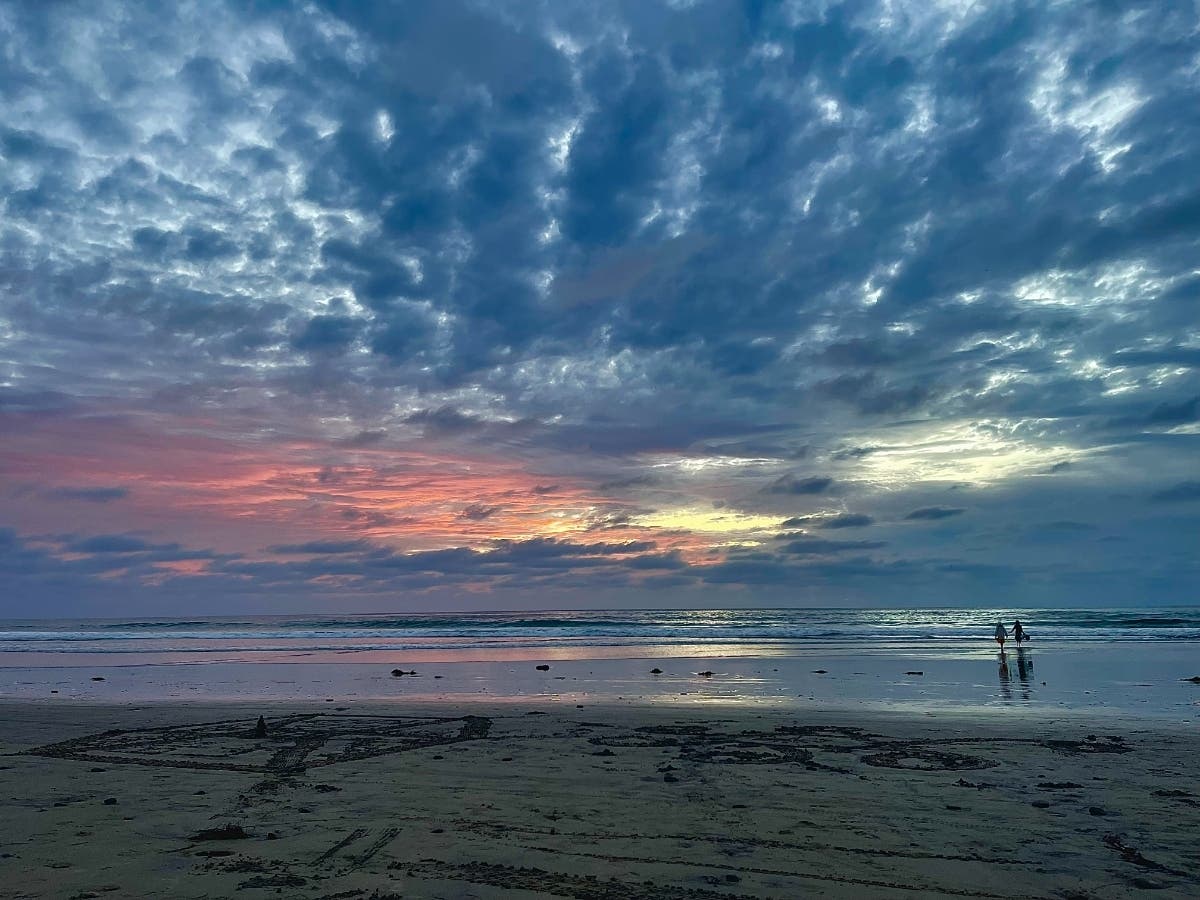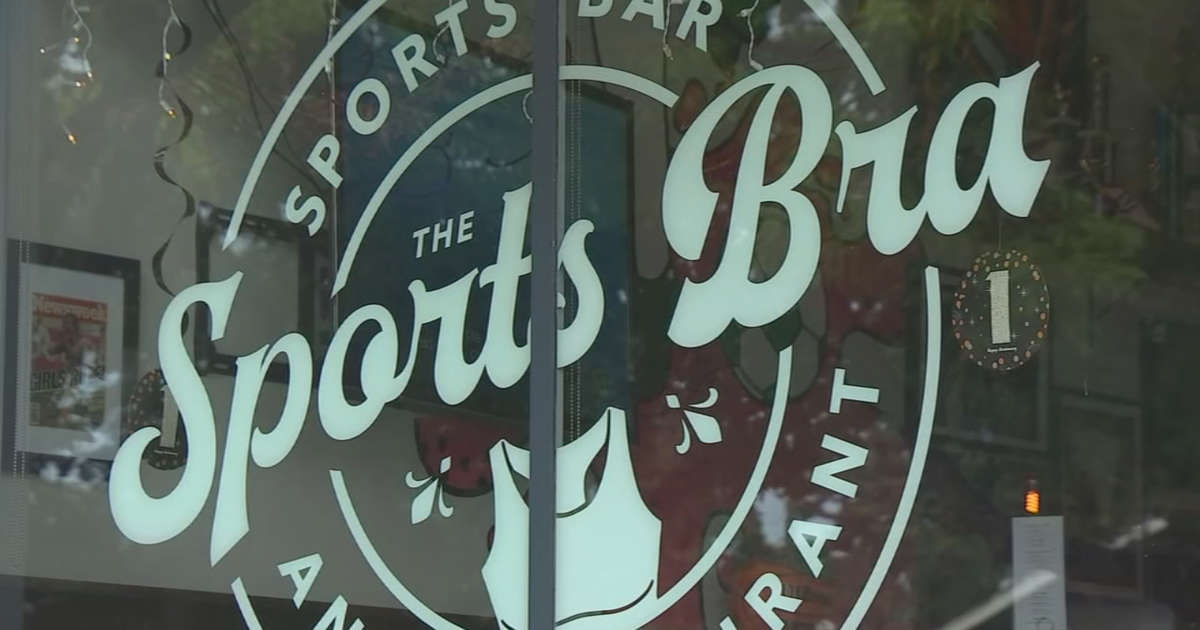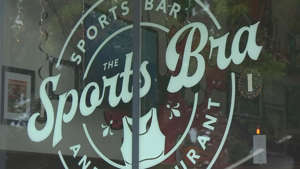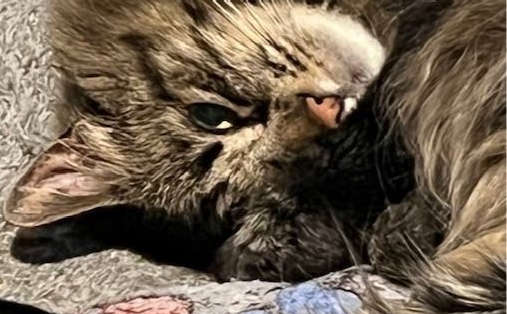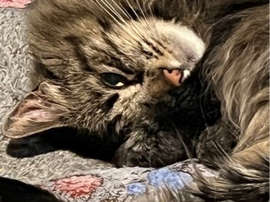Bloomsburg-based artist discusses documenting trains and the people who make them run
Photos by Bloomsburg-based artist and railroad photographer Oren B. Helbok are part of “The Ties That Bind: Railroading in NEPA,” an exhibit that opens this week at Misericordia University’s Pauly Friedman Art Gallery.
We spoke with Helbok for a feature on the exhibit. This is an expanded version of the interview which appears in our main story. It has been edited for length and clarity.
Q: How did you come to be connected with this exhibit?
A: Erika Funke at WVIA deserves all of the credit for this. Erika did a Keystone Edition feature about train art and invited me to come onto the show.
Lainey Little (Ed: Pauley Friedman Art Gallery Director Lalaine Bangilan Little) was in the audience at WVIA. I handed her my card and I said keep in touch. A few months later that Lainey said, “I’m doing a show in the gallery with trains, and would you be interested in having some of your photographs displayed?” And I leapt at the chance.
Q: Tell me about your professional life, and your art, and how the two intersect.
A: I run The Exchange, which is a nonprofit arts organization down here in Bloomsburg. We take as our mission bringing the arts to all communities throughout our region.
It’s a deliberately vague mission, so we can do a whole bunch of different things. The heart of what we do is the gallery here on Main Street. We do nine shows a year, and most of them are open calls. We’ve done about 80 shows here since we moved into this space in 2014. Somewhere in the neighborhood of 800 people have shown work, and that’s everyone from university art professors to two-year-old children, and it all goes up together.
We also do other things. On the last Wednesday of every month we do live music. We call it the Listening Room. It’s not like going out to a bar where there are televisions and people talking. This is an intimate performance.
Q: How long have you been in Bloomsburg?
A: My wife (Sara Baker) and I moved to Pennsylvania in 1992, and we moved into Bloom in 2010.
Q: Tell me about your railfan photography. When did it start?
A: My father handed me a camera when I was six. That was in the spring of 1972. I had shown from the time I was teeny tiny an interest — I mean a passion for — trains.
I grew up in the Bronx. My parents would take me down to the Hudson River in our neighborhood to have picnic suppers. We’d sit on the platform of the train station at Riverdale, or we’d go out on the rocks on the river. But I was not watching the river. I was watching the trains.
Q: (Laughs) I know the feeling. I do! And your father was supportive?
A: My father had been into airplanes. He had gotten his private pilot’s license at age 18, but had never flown after that because he couldn’t afford it. He saw my passion for trains, and he just jumped in with both feet and became a hugely enthusiastic and knowledgeable railfan.
Q: I’m going to ask this question — and I’m not sure as a railfan if I could properly answer it myself — but what fascinates you about trains?
A: For some kids it’s planes. For some it’s cars. For me, it was trains.
When I was a kid, I think it was really the hardware. Trains are big and they move fast. And I think there is something fairly universal about the appeal of the railroad.
The epiphany I had about this was back in the fall of 2014. My daughter and I were on a college visit tour out in the Midwest. We were crossing Ohio. I like to avoid the interstates, so we’re taking the two-lane road. And every now and then up ahead, we’d see that little yellow sign for the railroad crossing. As we cross the track, I would look in both directions, you know, just to see if there’s anything there. I think that actually there’s something universal about that. When anyone — whether it’s a railfan or not — comes across a railroad track, it’s perpendicular to the way that they’re going. And it opens up the world in that perpendicular direction.
I think that was true for farm kids growing up in the Midwest 150 years ago, or someone up in the coal region. It was a way to get out and get somewhere else.
Q: You grew up in the Bronx, where of course there’s, there’s so much going on in terms of rail transportation, especially passenger service. Did that influence the way you looked at railroads?
A: Actually, even from the time I was a kid, I photographed minimally in the Bronx. I wish I had done more.
Q: Ah! Interesting. Where were you shooting then?
A: My father and I were traveling to go see steam trains.
Q: That seems to be your main focus, so I guess that hasn’t changed much over the years.
A: Right, though it’s not exclusive. What has changed, though, is that as I’ve gotten older, I’ve realized the appeal of the railroad and of railroading. It’s broader than what I had initially experienced.
To me, to photograph railroading and to photograph it comprehensively, there are three main themes: There is the hardware. There’s also the landscape and the way that the railroad interacts with its surroundings. That’s whether you’re in town or out in the countryside somewhere. And then there is the people. And the people have become much more central to my photography.
When I was a kid, every now and then I would photograph a human being working on a locomotive. Now that’s really most of what I do.
It’s partly to make up for all of those people who were so generous with my father and me, who gave us access to their railroads and taught us about what they were doing, whom I didn’t photograph. I regret that. And my way of paying them back is to do as much as I can of it now with the people who are here now, giving me access and showing me how the railroad works.
Q: You’re going to have a lot of folks who come to this exhibit who will be railfans, as we are, and who will appreciate the nuances that others may not see. But to those visitors who don’t necessarily have an interest in railroads, what do you hope they’ll take away from the exhibit?
A: I think that that railroading is a very broad subject. It’s not just the hardware, it’s the interaction of those trains with the environment. It’s the history. America was really built on the railroads.
And even in a place like Dallas, Pennsylvania, where the tracks have been gone for decades, part of the reason Dallas looks the way it does is because that track used to be there. There are still buildings left that were built there next to the tracks so that the railroad could provide freight service. The shape of those buildings, the shape of the landscape, was altered because of the way the trains came through.
I think it’s important for people to have that sense of how we got to where we are.
Q: Any other thoughts?
A: I would hope that some of them are also gonna be willing to call their legislators and say, “for crying out loud, can you just get a train running from Scranton to New Jersey!?”

Before you move on, we invite you to become a Times Leader Advocate. You’ll receive some great benefits, including our Diamond Card with local discounts and deals, access to our E-Edition, a faster, reduced ad experience on timesleader.com, and more.
Click now to support or get more information.


